Discover the captivating world of insects through the ages with free vintage entomology prints, a treasure trove for collectors and nature lovers.
For those new to the term, entomology is the scientific study of insects. It’s a branch that has deep historical roots, with its early beginnings in ancient times. The Renaissance period sparked curiosity about the natural world, and by the 18th and 19th centuries, entomology bloomed as a science.
This collection of vintage entomology prints isn’t just a visual treat; it’s also a homage to the iconic entomologists who dedicated their lives to studying these incredible creatures. I feature the beautiful insect drawings of illustrious entomologists, including Carl Gustav Calwer, John Curtis, Thomas Say, and Dru Drury.
My fascination with insect art originates from a family legacy – my father is an eminent ornithologist, and my uncle was an entomologist at London’s Natural History Museum. The stunning diversity and detail in these collections are awe-inspiring.
I’ve already featured many fascinating collections from the world of insects. These include Maria Sibylla Merian, Joris Hoefnagel, and not forgetting the beautiful insect art of E.A. Seguy.
How To Download The Vintage Entomology Prints
These vintage entomology prints are not just scientifically enlightening but are also aesthetically captivating. Imagine adorning the walls of your home or den with these stunning prints; it’s like having a piece of natural history at your fingertips. Whether you’re an insect enthusiast, a history buff, or someone who appreciates the beauty in nature’s details, these prints are sure to add a touch of charm to your space.
To download the insect illustration, click on the title above the print. A higher-resolution image will open in a new window. You can then right-click on that image to save or print it.
All these old entomology prints are in the Public Domain. Therefore you are free to use them as you wish.
Prints 1-6 Carl Gustav Clawer’s Beetles
Carl Gustav Calwer (1821-1874) was a German entomologist best known for his beetle work. The following entomology prints are from “Calwer’s Beetle Book; Introduction to the Knowledge of the Beetles of Europe”, 1916.
This treasure trove features colourful identification charts of beetles. These vintage entomology prints are not just scientifically enlightening but are also aesthetically captivating.
This vintage insect identification chart of beetles seems full of what we commonly call ladybirds.
Ladybirds, known as ladybugs in North America, are small beetles with round spots. They belong to the family Coccinellidae and benefit gardeners as many species feed on pests like aphids.
There are over 5,000 species worldwide, varying in colour and spot count. Though generally regarded as helpful, some species can damage plants. They’re also often associated with good luck in various cultures.
Print 2: Ladybirds and Darkling Beetles
Darkling beetles are part of the Tenebrionidae family, known for their dark, elongated bodies and short antennae. With around 20,000 species globally, they have varied diets and habitats.
Some have unique defences, like spraying chemicals, and can be either ecologically beneficial as decomposers or harmful as agricultural pests. Certain species exhibit fascinating adaptations to dry environments, such as collecting water from fog.
Longhorns are the fashion icons of beetles, flaunting an array of vibrant colours and patterns. Some are even masters of disguise, mimicking wasps or bees to ward off predators. Their remarkably long antennae, sometimes thrice their body length, help them sense their surroundings and find mates.
Inside buildings, you can occasionally hear their larvae munching on wood. Some longhorn beetles live in symbiosis with fungi, which helps them digest wood. Their vibrant appearances, intriguing habits, and ecological roles make them captivating!
Leaf beetles boast bright colours or metallic hues as a warning to predators. True to their name, they feed on leaves, sometimes in specific patterns. Some can even spray noxious chemicals or play dead as defence tactics.
Tortoise beetles, a subgroup, can change colours by altering moisture levels behind their shell. While a few are considered pests, others are allies in controlling invasive plants. They’re also creative architects, with some rolling leaves into protective cases for their eggs. Additionally, you might catch them blowing bubbles by mixing air with fluid to handle excess water or toxins.
Weevils are intriguing beetles known for their distinct elongated snouts. With over 60,000 species, they range from the giraffe weevil, which boasts a long neck and uses acrobatics in mating, to tiny ones that could perch on a pencil tip. Their snouts are multipurpose, used for feeding and drilling holes in nuts or grains to lay eggs.
Enterprise, Alabama, has a monument dedicated to the boll weevil for unintentionally encouraging agricultural diversity. Some weevils are also eco-heroes, helping control invasive plants, while others employ mimicry for defence, like the Philippine diamond weevil, which sparkles like a gem. These creatures are ancient, with fossils dating back around 150 million years!
Scarab beetles are enthralling insects with cultural significance and natural wonders. In Ancient Egypt, they symbolized rebirth and often adorned jewellery. Famously known as “dung beetles,” some species roll dung balls for food and breeding.
Amazingly, they can even navigate using the Milky Way! These tiny powerhouses are powerful, with the horned dung beetle able to carry loads over 1,000 times its weight. The males often sport impressive horns used in mating battles.
Ancient cultures believed they could summon rain, and they do play a vital role in recycling nutrients in the soil. Some scarabs, like fireflies, can produce light, while others dazzle with iridescent, metallic colours. Their beautiful shapes and colours have inspired art, jewellery, and even robotics. Scarab beetles certainly hold a treasure trove of fascination.
John Curtis Insect Prints 7-16
John Curtis was a distinguished British entomologist and illustrator of the 19th century, best known for his masterpiece, “British Entomology.” The work was published in 1824 and comprises 770 exquisitely detailed plates depicting insects native to the British Isles, often alongside associated plant species.
Curtis’s combination of scientific insight and artistic flair resulted in illustrations celebrated for accuracy and aesthetic appeal. His contributions to entomology were significant; he discovered new species and provided invaluable observations.
Even today, Curtis’s prints are coveted by collectors and remain revered in scientific and art circles for their intricate detail and vibrant colours.
A type of lace bug with a thistle.
Black and red bug next to white swallow-wort.
Vintage entomology print of a cicada next to common columbine.
Also known as oleander hawk-moth, the illustration shows the caterpillar on a pea plant.
Check out these other vintage butterfly images on the blog.
Hornet moths are captivating creatures known for their masterful mimicry, resembling hornets in appearance and sound, though they’re harmless and lack stingers.
Print 12: Brixton Beauty & Poppy
Check out more the vintage poppy prints on the site.
Print 14: Ground Beetle and Hemlock Crane’s Bill
Check out these other botanical wildflower illustrations.
Print 15: Black ground beetle and Fungi
Black ground beetle with orange spread-cup fungi. Check out these James Sowerby fungi drawings.
Print 16: Agonum Austriacum and Common Saw-wort
John Curtis Prints 17-24
Print 17: Blethisa multipunctata (ground beetle)
The flower in the vintage entomology illustration is a common fritillary, also known as snake’s head, a type of lily flower.
King diving beetles are agile swimmers and fierce predators. Their paddle-shaped hind legs, fringed with hairs, allow them to dart through the water effortlessly. What’s cool is that they carry an air bubble under their wing covers, acting like a scuba tank so that they can stay submerged for longer.
These mighty beetles prey on small fish, tadpoles, and aquatic insects, using their powerful jaws to seize them. Some even use them to control mosquito populations in ponds.
Print 19: The Kent Cockchaffer
The plant in this insect illustration is buck-wheat.
Stag beetles are mini marvels of nature with their large, antler-like mandibles that males use for wrestling duels during mating season. Though they look bulky, they’re agile flyers. Their larvae help forests by breaking down dead wood into nutrients.
Popular in culture, they inspire characters in games and movies. Additionally, they are part of the food chain, sustaining birds and other animals. With their captivating looks and ecological contributions, stag beetles blend strength and significance in the natural world.
Print 22: Wasp & flowering rush
Wasps are slender, stinger-equipped insects from the order Hymenoptera. Though known for their stings, they’re ecologically vital as predators, parasitoids, and pollinators.
Notably, fig wasps have a mutually beneficial relationship with fig trees, each essential for the other’s reproduction.
Print 23: Microgaster Alverius (wasp) & Common Tare
Print 24: Fairyfly & Marsh Violet
Prints of Dru Drury 25-34
Dru Drury (1725-1804) was a British entomologist known for his extensive insect collection and influential publication “Illustrations of Natural History.” Though a silversmith by profession, his passion for entomology led him to become a founding member of the Society of Entomologists of London.
His work, particularly the detailed illustrations and descriptions in his publication, played a significant role in the early development of entomological studies.
The following are just a tiny sample of his beautiful vintage entomology illustrations and prints.
Print 25: Vintage Butterfly Illustrations
Dru featured many plates of butterflies in his Exotic Entomology book. The beautiful multi-coloured butterfly in the middle is Two Tailed Pasha.
Check out the the work of E.A. Seguy’s pochoir butterflies.
The pretty moth at the bottom is a a pink-spotted hawkmoth.
Hawkmoths are adept hoverers, often mistaken for hummingbirds, as they feed on nectar. They’re speedy flyers, reaching up to 30 mph, and can warm up by shivering for night flights.
This is a very large species of beetle.
Dragonflies are agile, iridescent insects known for their predatory skills. With a 300 million-year history, they were once giants with 2-foot wingspans. Dragonflies excel in flight, manoeuvring effortlessly and reaching speeds of 35 mph. Their compound eyes offer nearly 360-degree vision, aiding in hunting mosquitoes and other insects.
Culturally, they symbolize good luck and transformation, and ecologically, they indicate the health of wetland ecosystems.
Check out this other collection of vintage dragonfly drawings.
Print 29: Cockroaches and other Insect Illustrations
Print 30: Stick Insect Illustration
Stick insects are renowned for their masterful camouflage, resembling sticks or leaves. They can regrow lost legs, and some females can reproduce without males through parthenogenesis.
The Titan beetle is renowned for being one of the largest beetles, often exceeding 6.5 inches in length. Found in South America’s rainforests, it possesses powerful jaws for defence and is a surprisingly strong flier despite its size.
Lobobunaea Phaedra is a large, vibrant moth known for its eye-catching wing patterns. It’s primarily found in African forests. Besides being visually captivating, it holds ecological significance by contributing to pollination and serving as a food source for other species.
Print 34: Clouded Mother of Pearl
Thomas Say Entomology Prints 35-42
Thomas Say, known as the “Father of American Entomology,” was a true insect explorer! Born in Philadelphia in 1787, he ventured into America’s wilds to collect and study insects.
His magnum opus, “American Entomology,” beautifully illustrated and teeming with descriptions of over 1,000 new species, is a treasure trove even today. Besides being a bug hunter, Say was also part of a utopian community, New Harmony, and devoted his life to uncovering the wonders of insects.
The following is a sample of the beautiful vintage entomology illustrations from his book.
Print 35: Eastern Hercules Beetle
Flies from the order Diptera are everywhere! They have one pair of wings and tiny balancers called halteres. With over 120,000 species, they come in all shapes and sizes. Their large compound eyes give them an incredible field of vision, which is handy for escaping predators.
They’re important in ecosystems for pollination and as a food source, but some are also notorious pests. Flies have specialized mouthparts for sipping liquids; thanks to sticky pads on their feet, they can effortlessly walk on walls and ceilings!
Hoverflies, known for their mastery in mimicking bees and wasps, belong to a diverse family with over 6,000 species. They’re named for their unique ability to hover in mid-air with remarkable precision.
These agile fliers are also important pollinators, frequently visiting flowers for nectar and pollen. With large, often colourful eyes and a presence from the tropics to the Arctic Circle, hoverflies are not just amazing to watch but are also ecological multitaskers.
Print 38: Medium Sized Butterfly
Entomology illustrations of various leaf beetles. They’re plant munchers, with some being notorious agricultural pests. These beetles have cool defence mechanisms, like secreting distasteful chemicals to ward off predators.
Leaf beetles are found globally, with a hot spot in the tropics. They play various ecological roles—some even help control invasive plants. With their complete metamorphosis and efficient chewing mouthparts, leaf beetles are as intriguing as diverse.
Field crickets from the genus Gryllus are notable for their nighttime chirping, made by males to attract females. Often found in fields and meadows, they seek shelter under rocks or logs. Besides playing a key role in ecosystems by breaking down plant material and serving as prey for predators, they also hold cultural significance in various regions as good luck symbols.
Print 41: Swallowtail Butterfly
There are some amazing vintage insect posters in the Adolphe Millot collection and insect art prints in Fabre’s Book of Insects. These are the most popular vintage natural history illustrations on the site.
Don’t forget to check out the wonderful insect art in Joris Hoefnagels four elements.
If you fancy, you can Buy Me A Coffee Here.
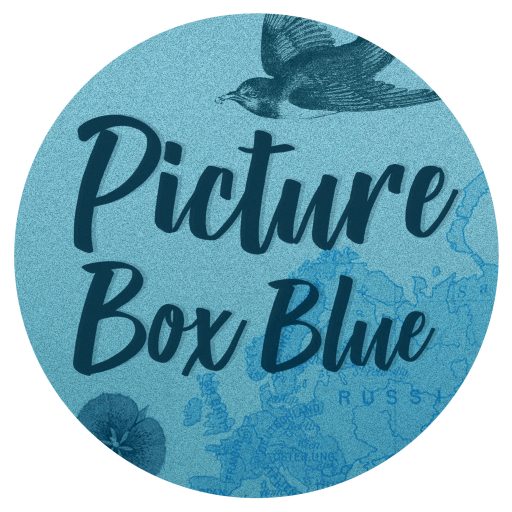
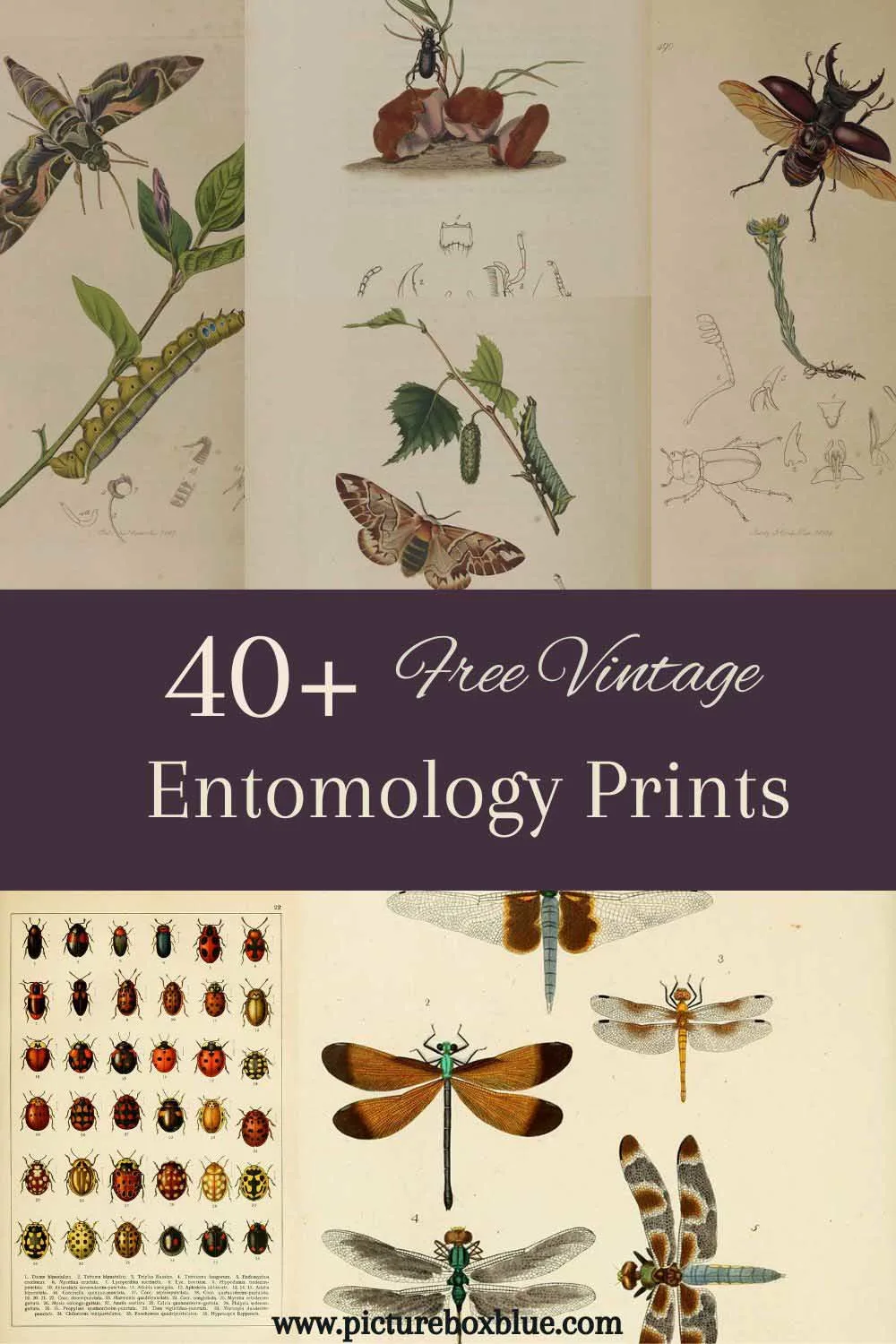
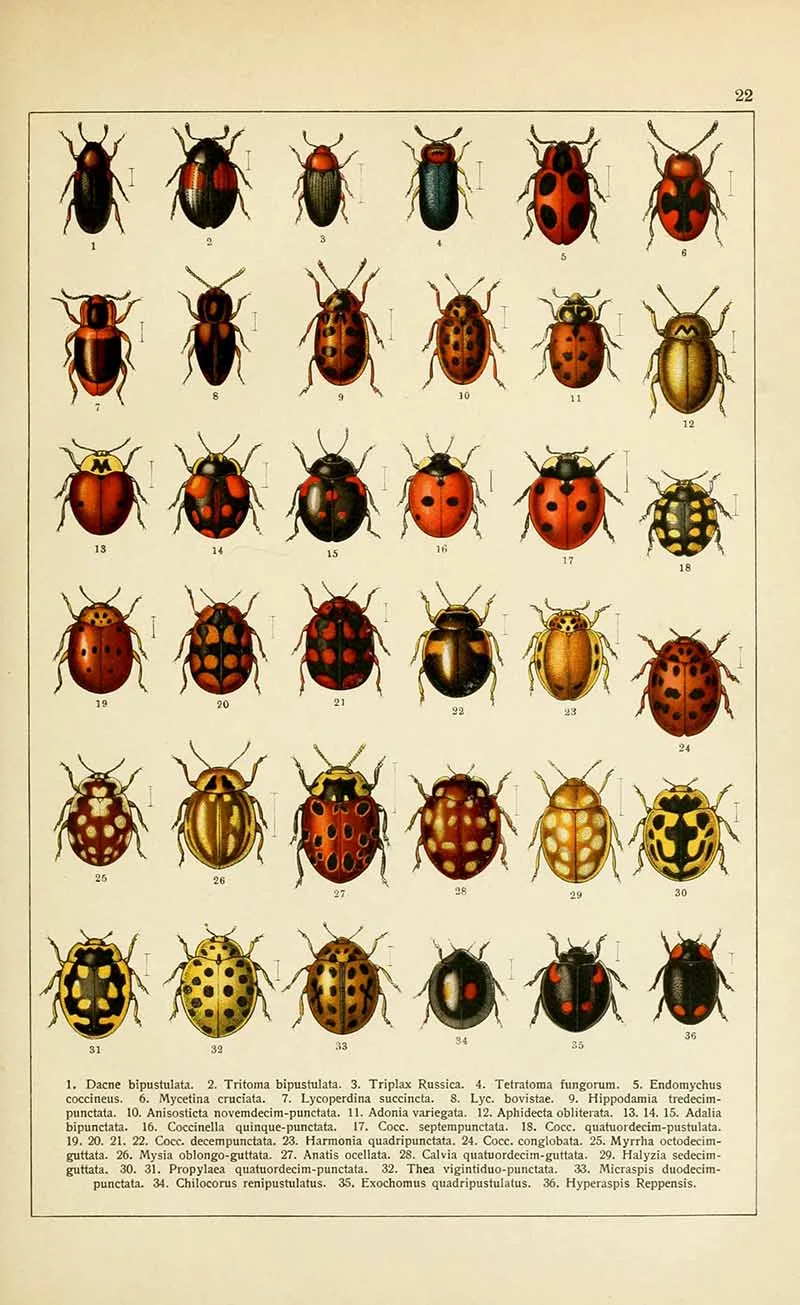
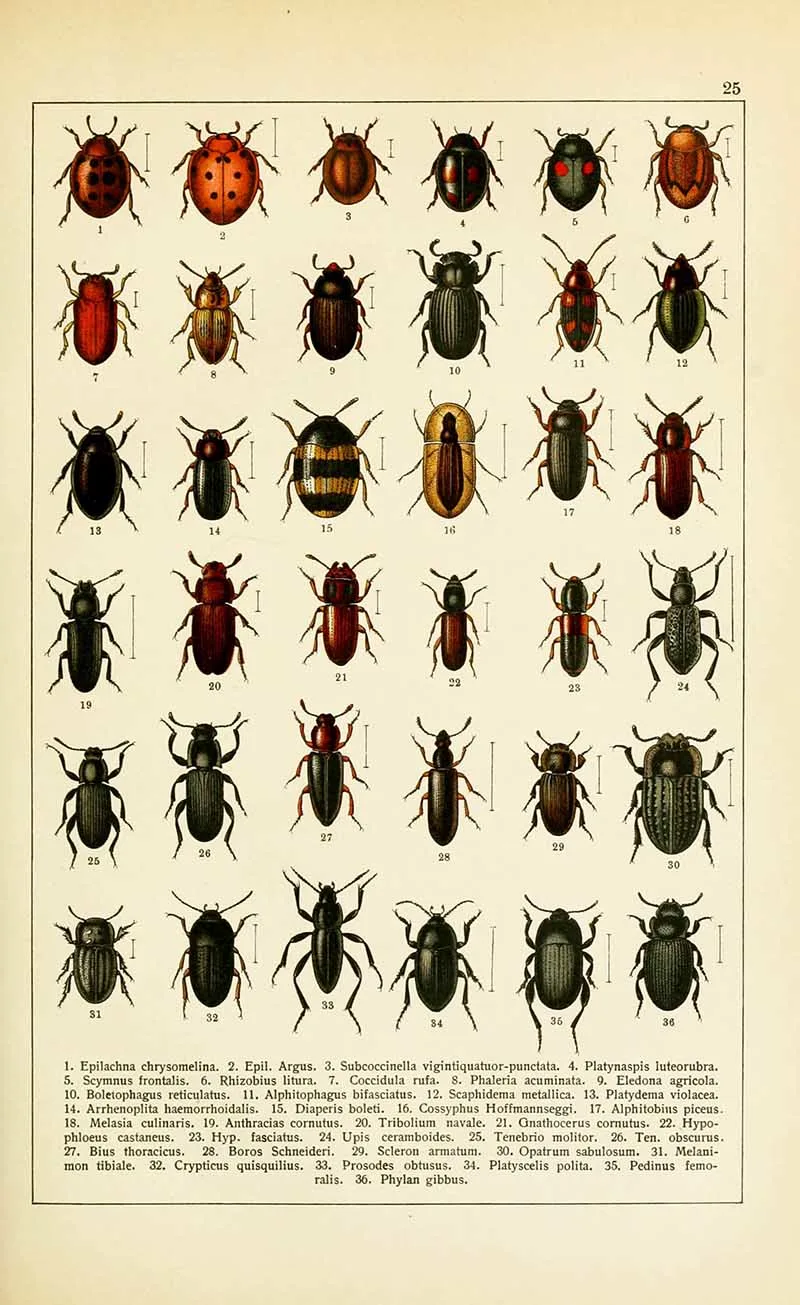
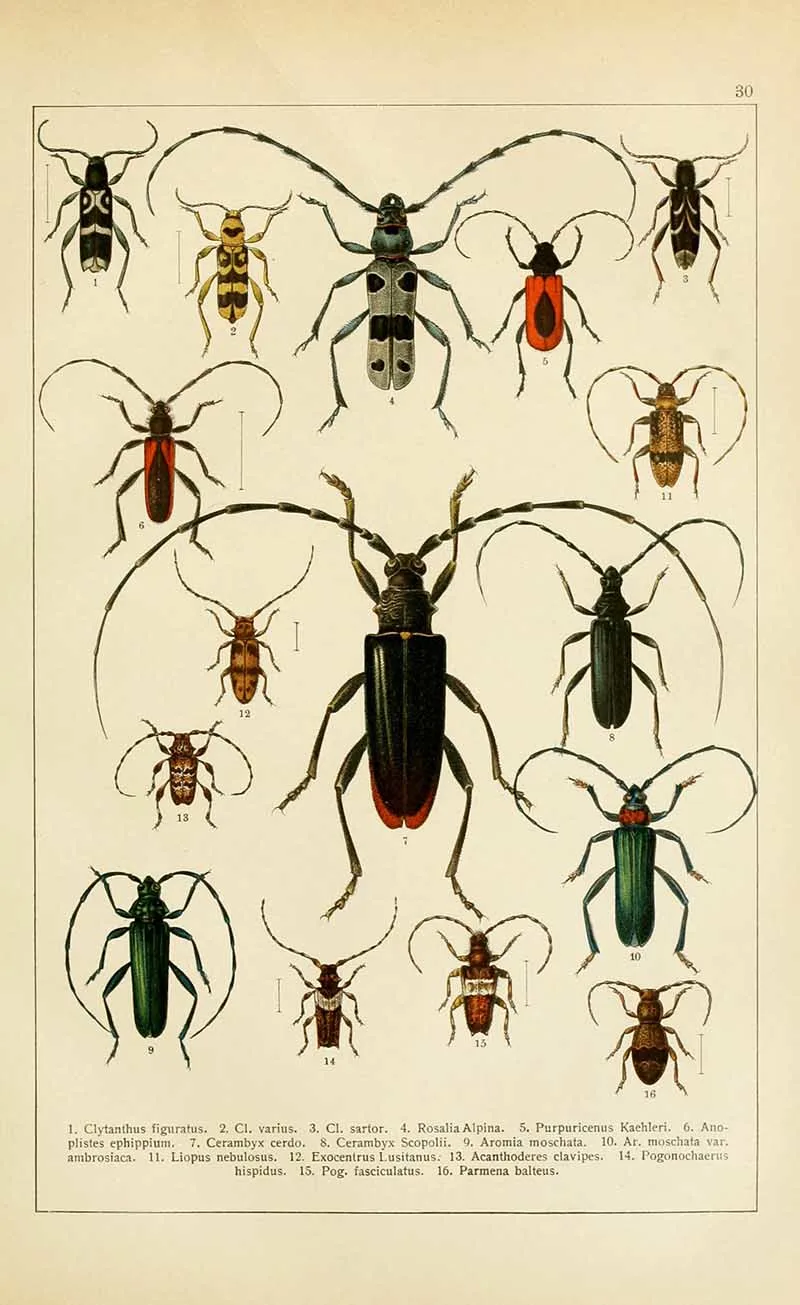
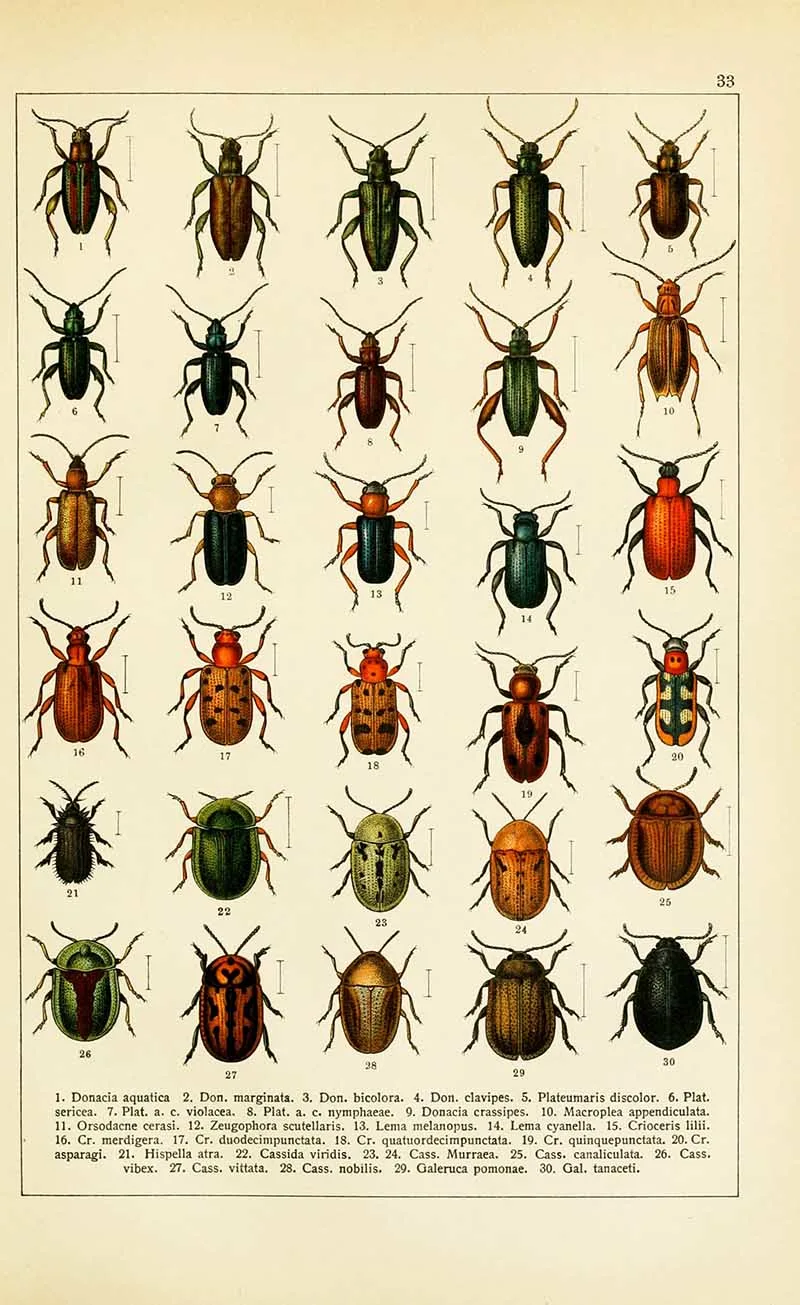
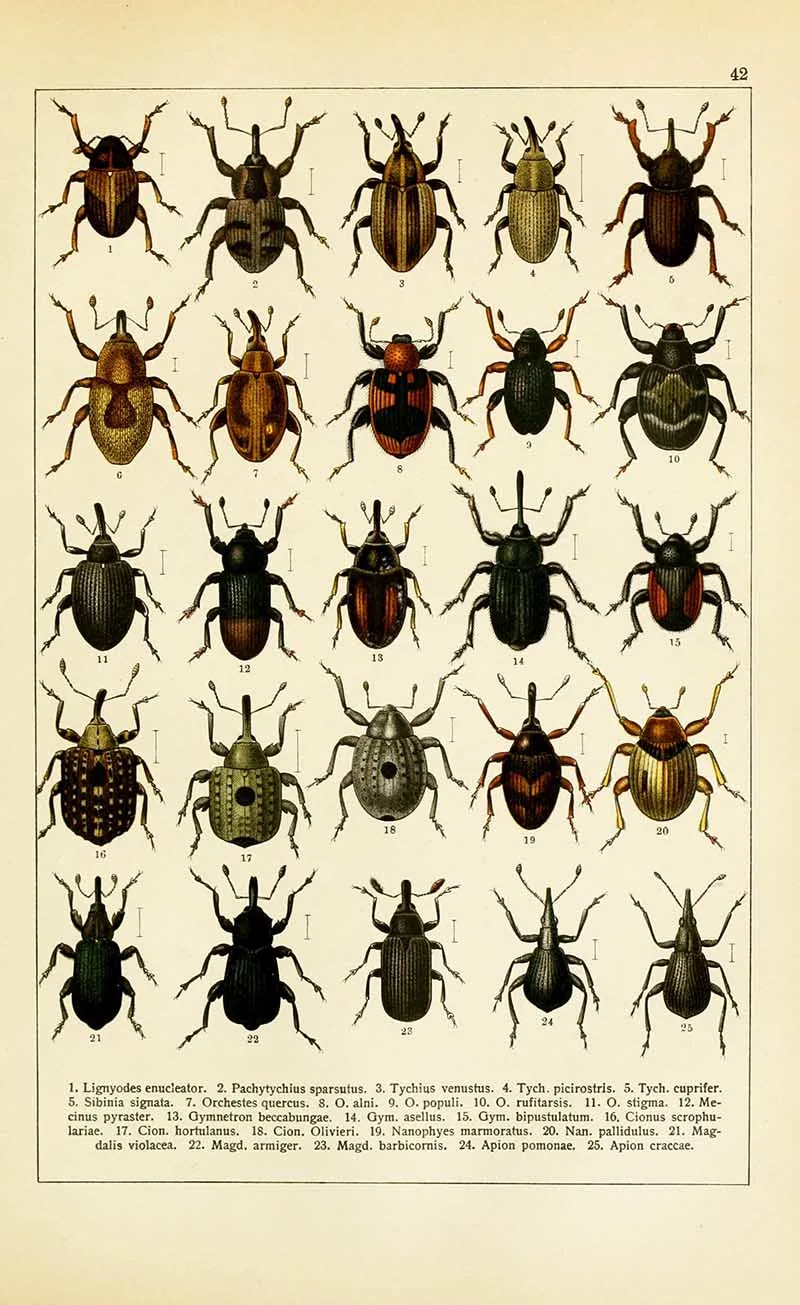
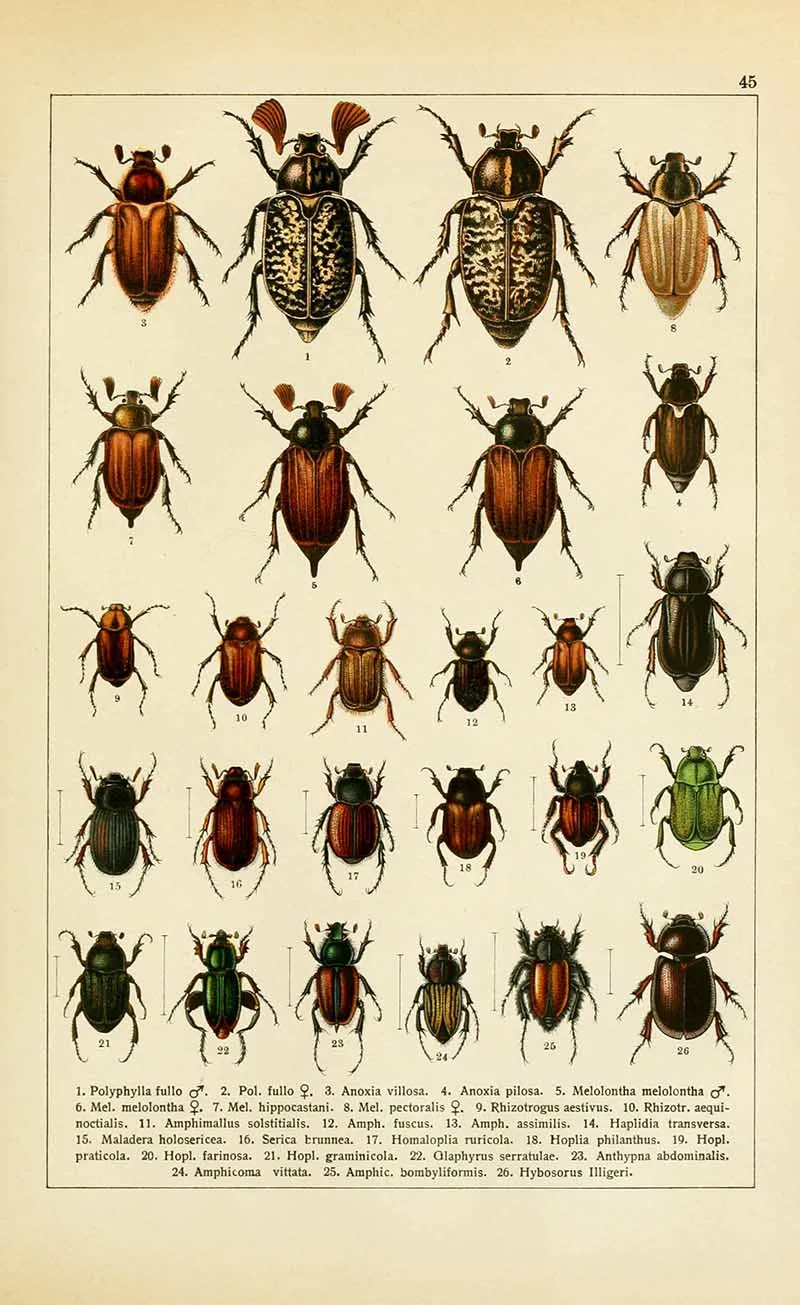
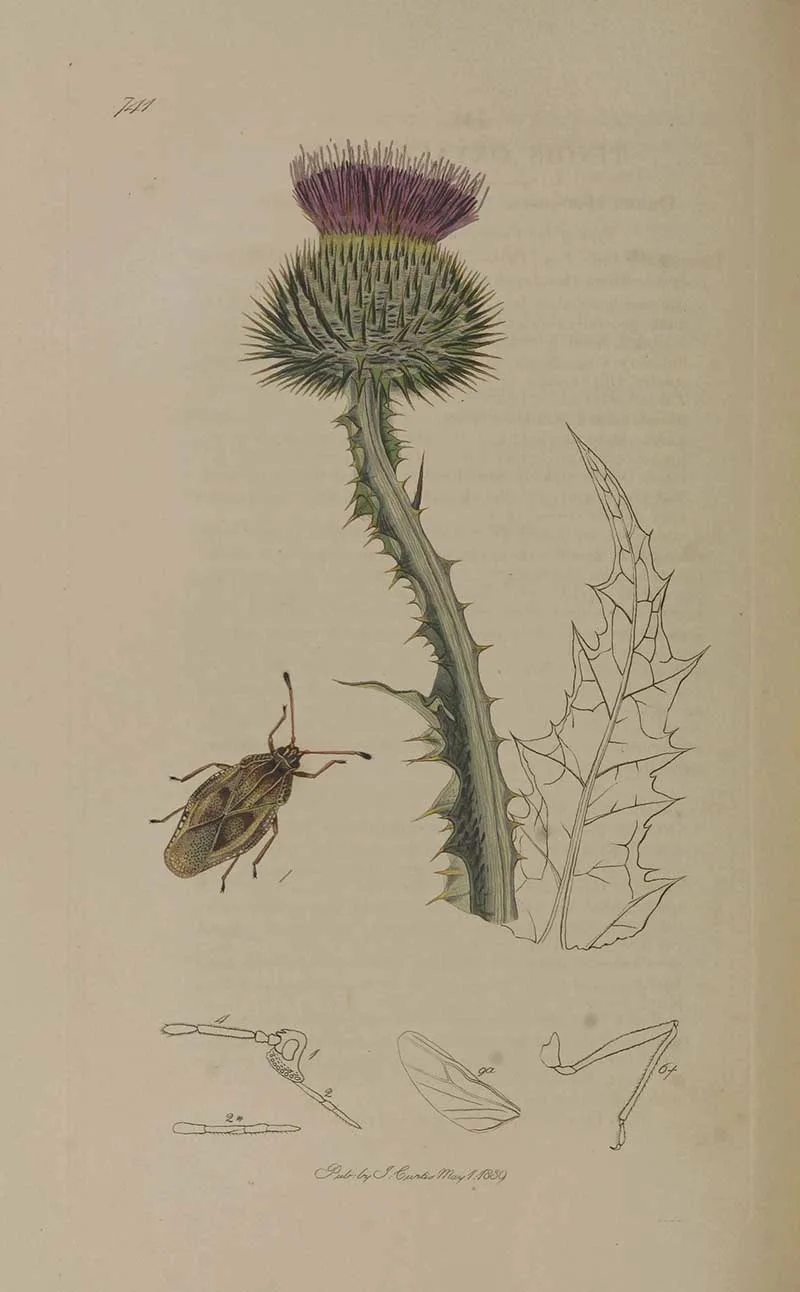

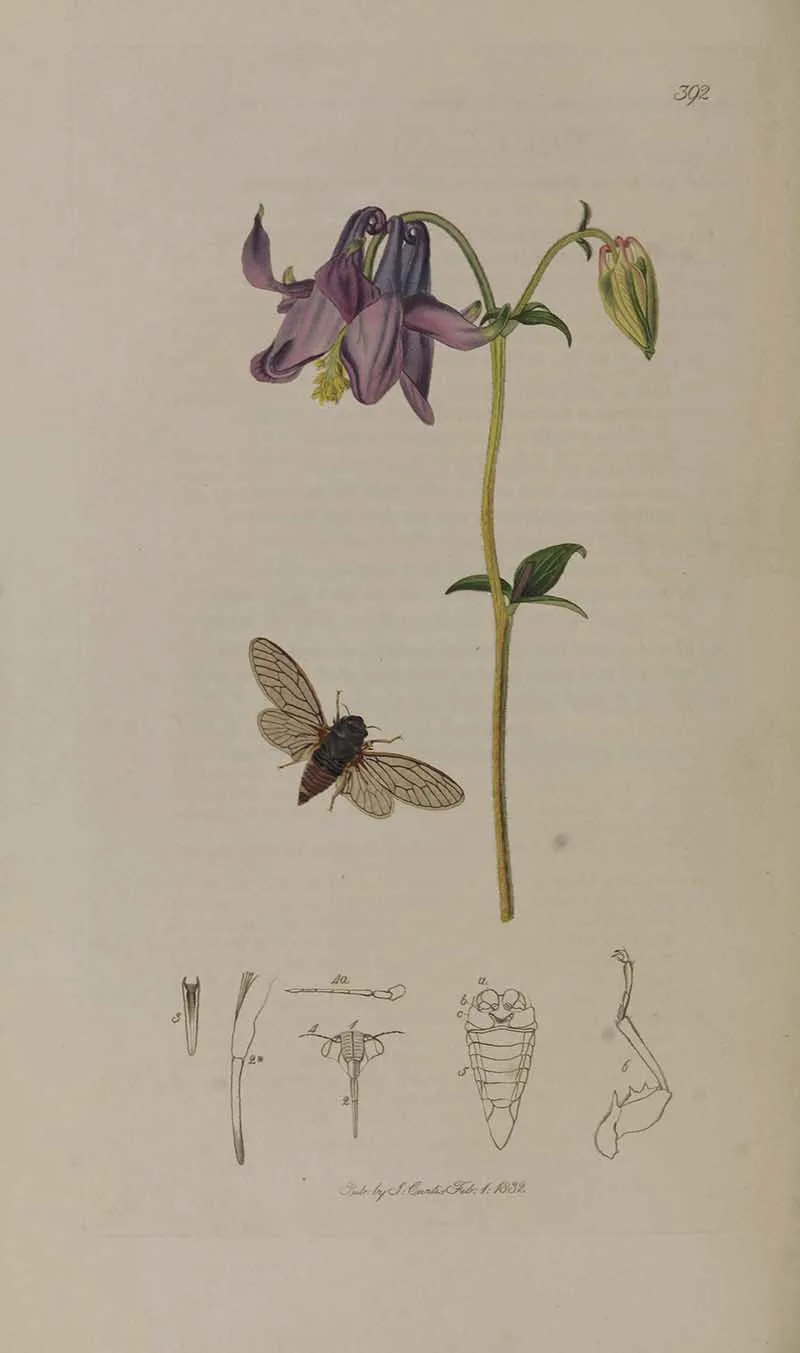
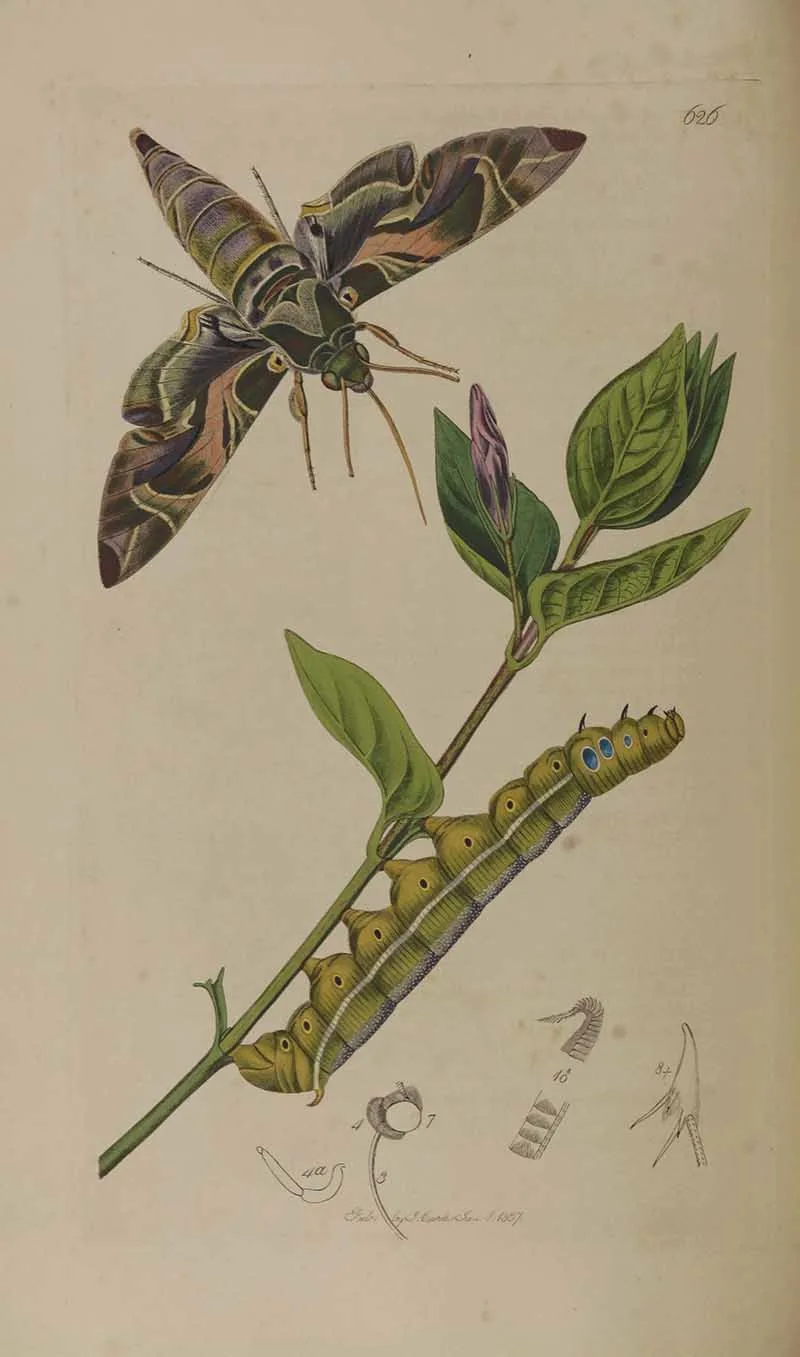
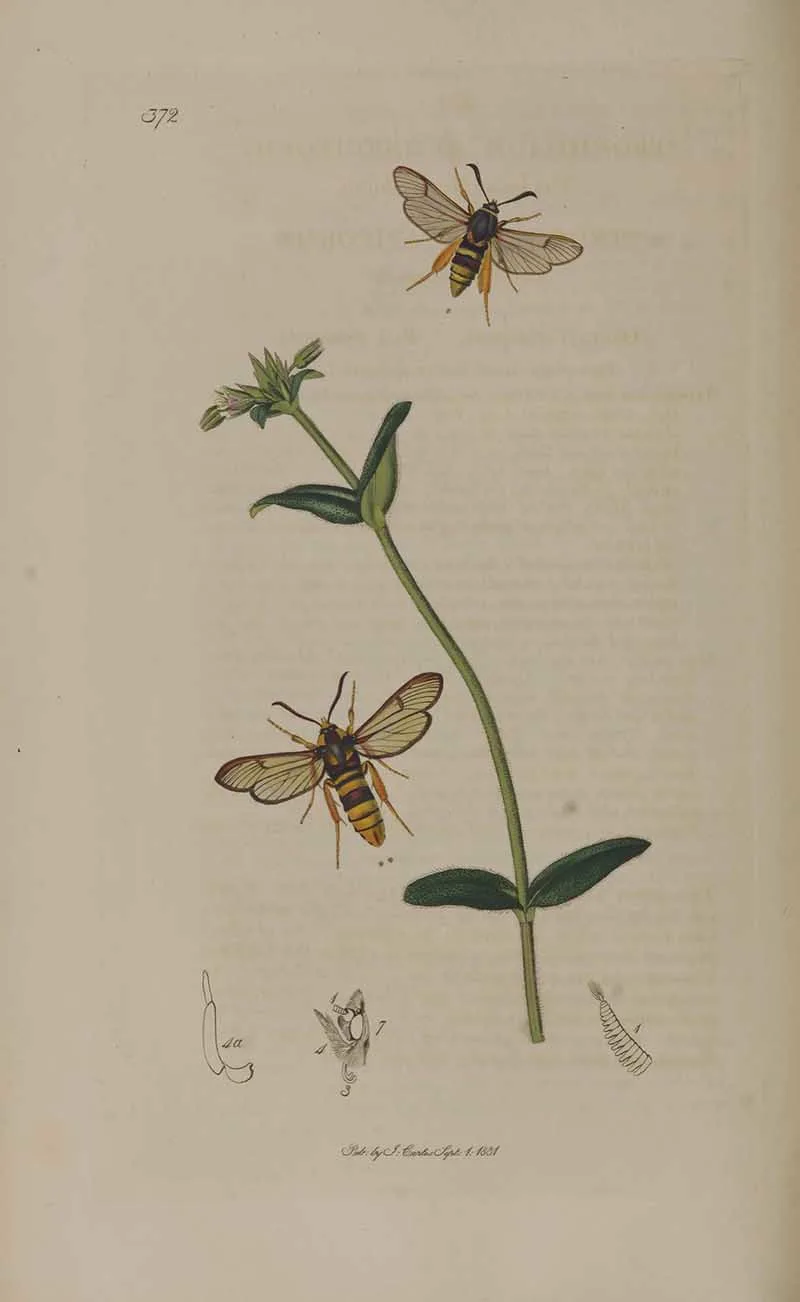
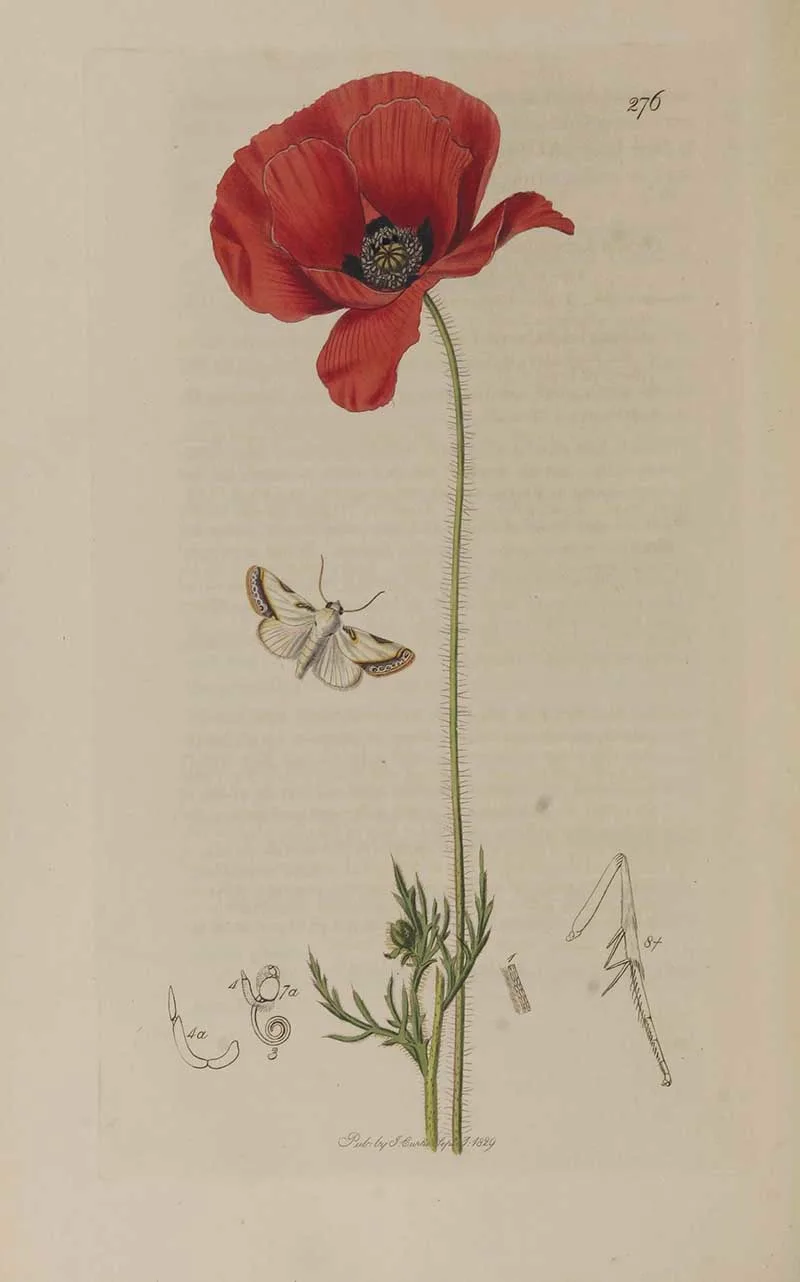
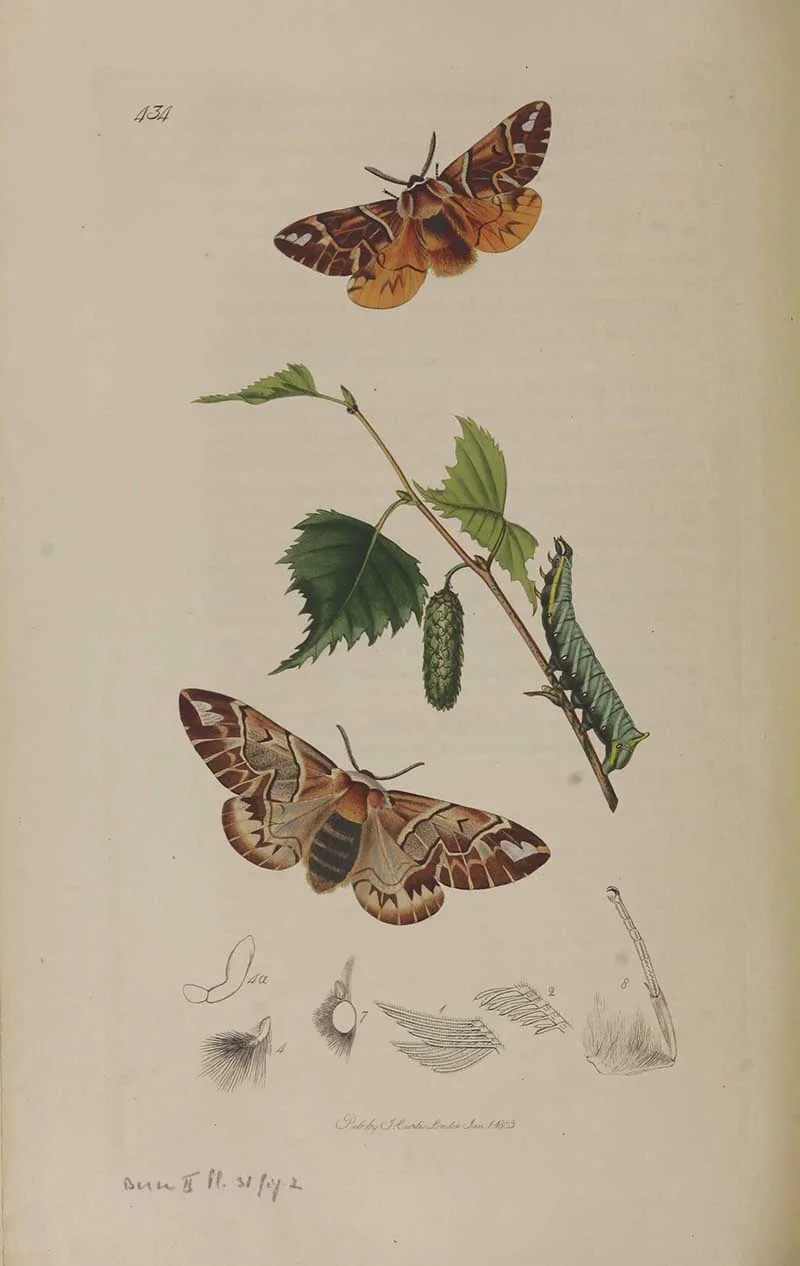
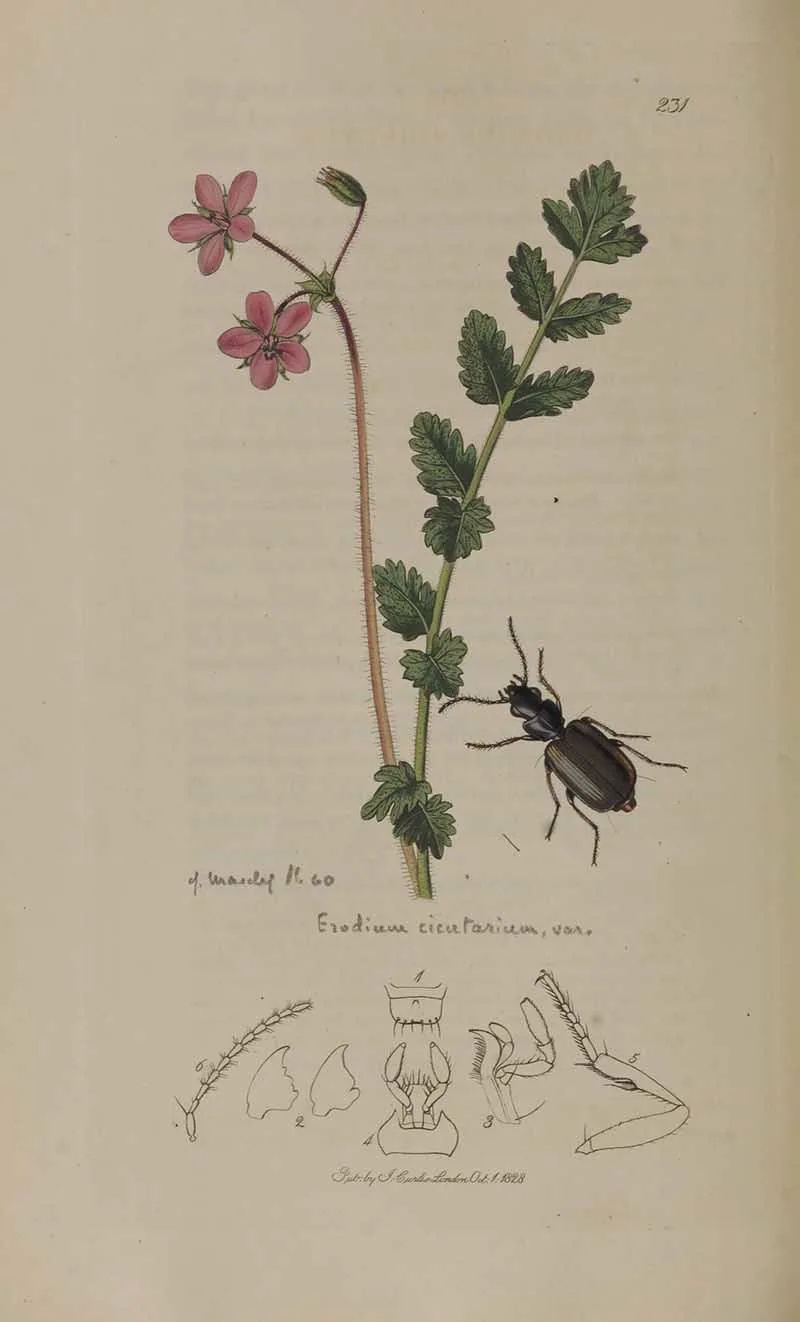
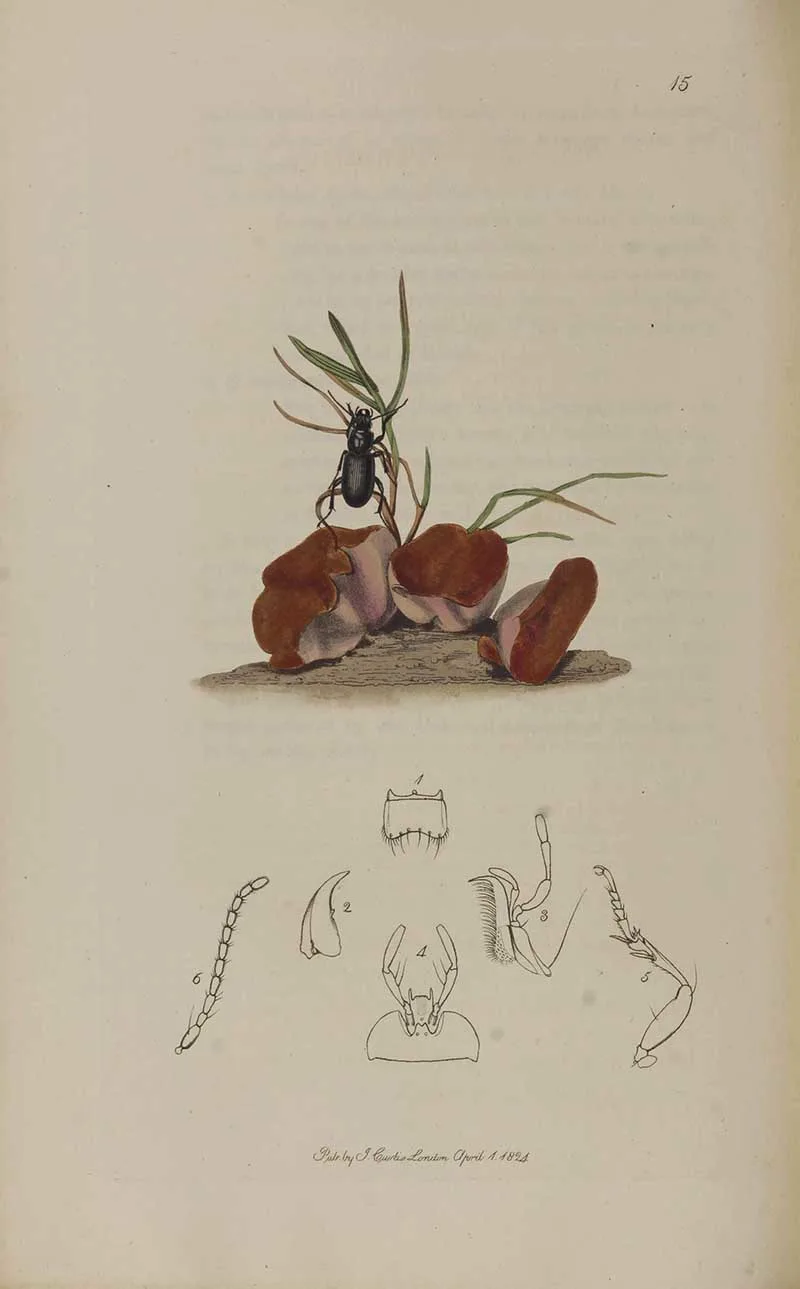
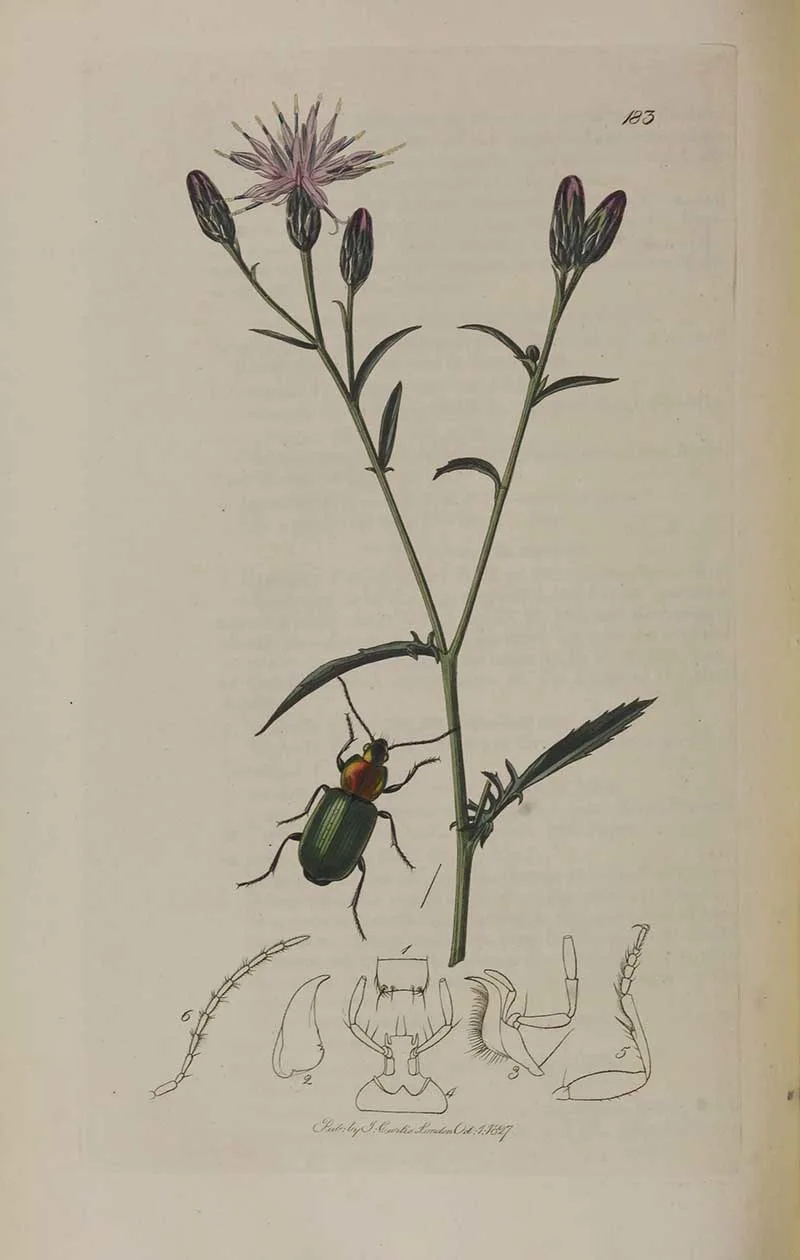
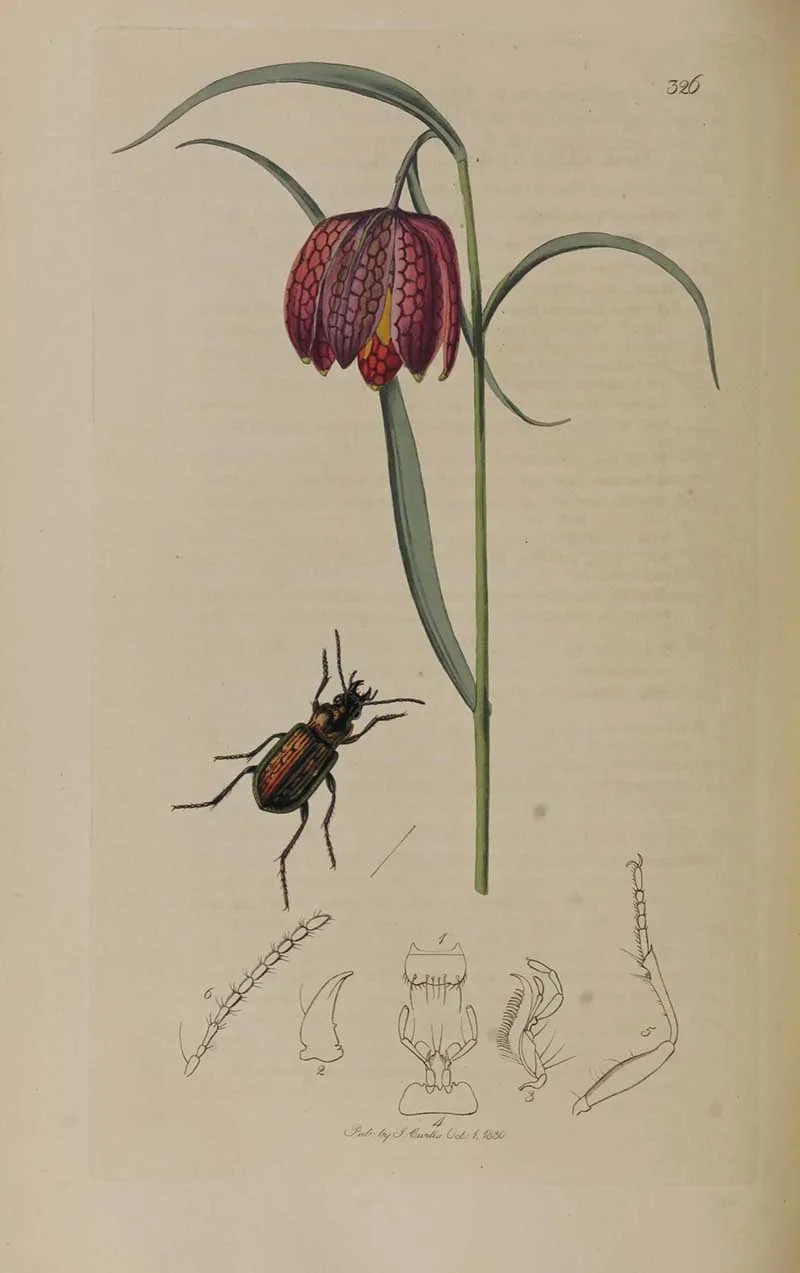
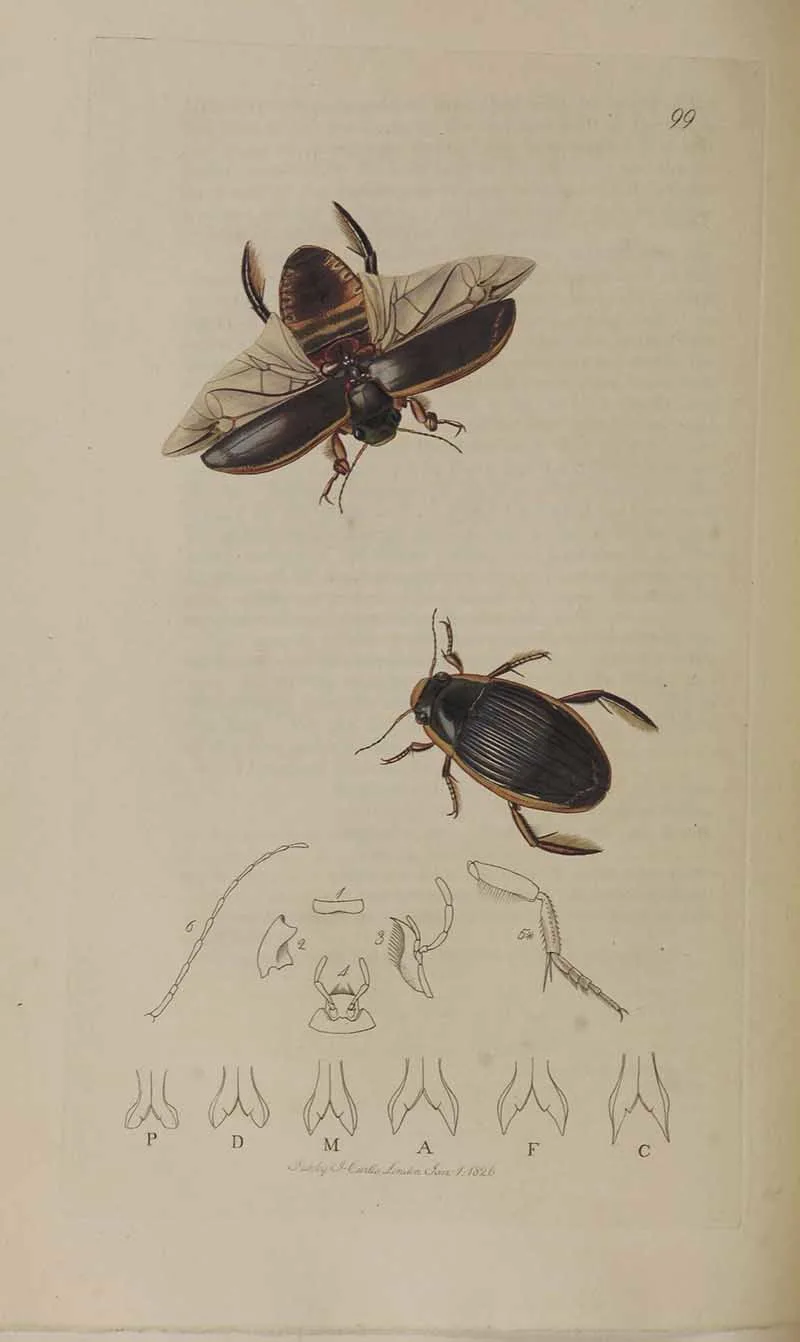
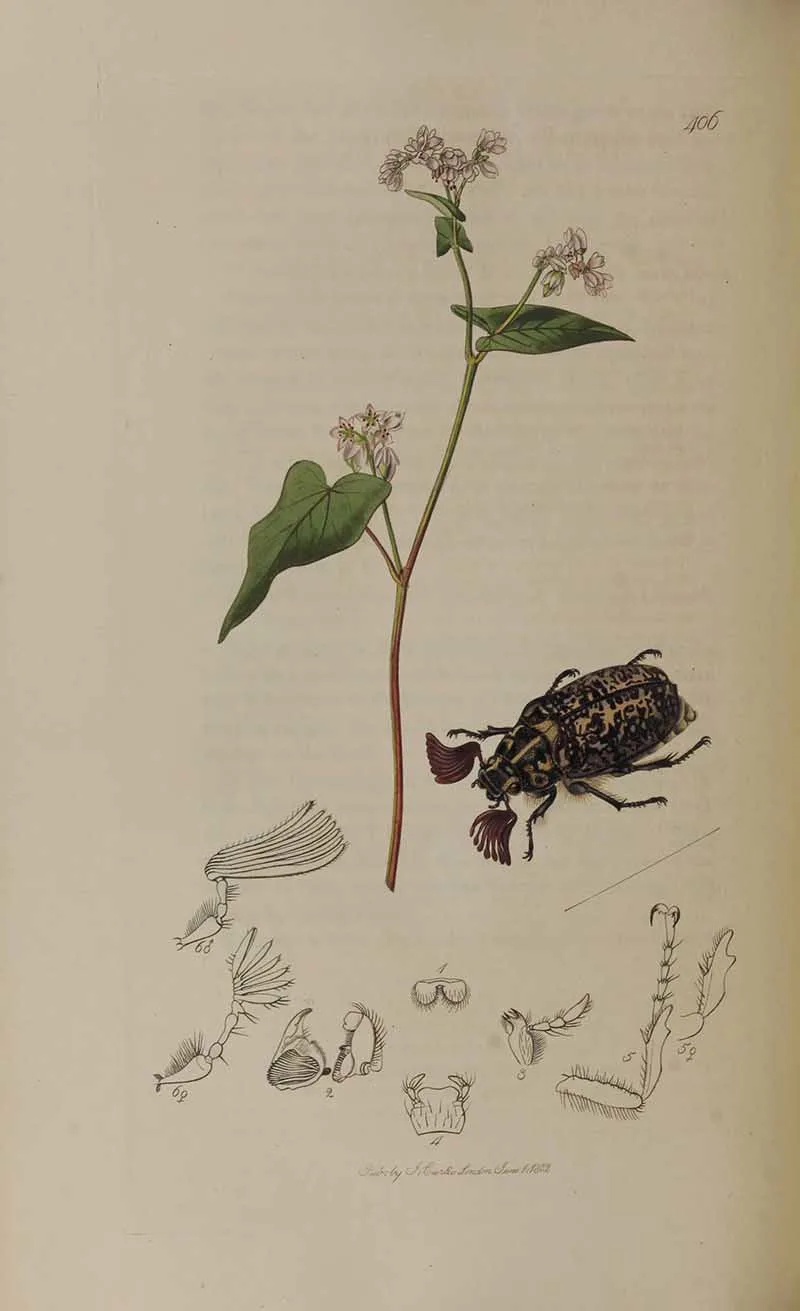
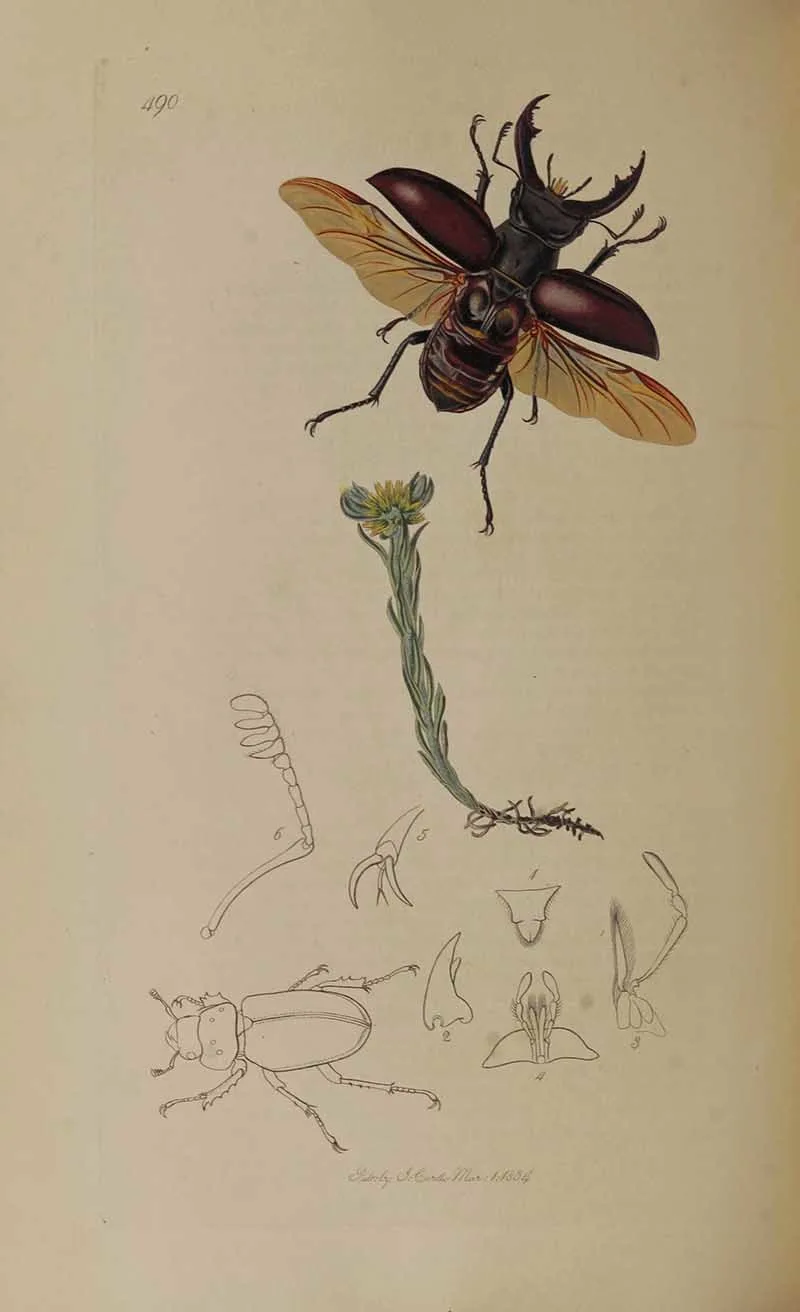
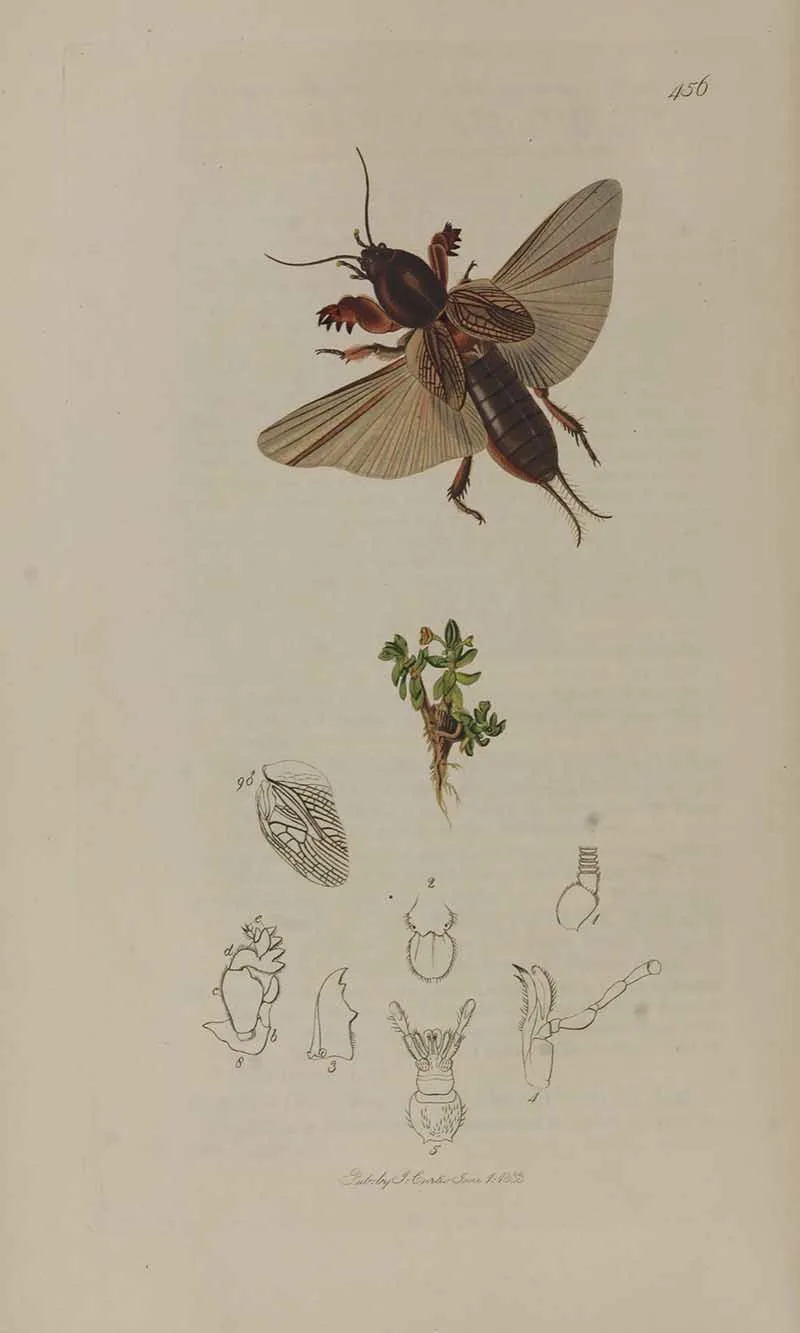
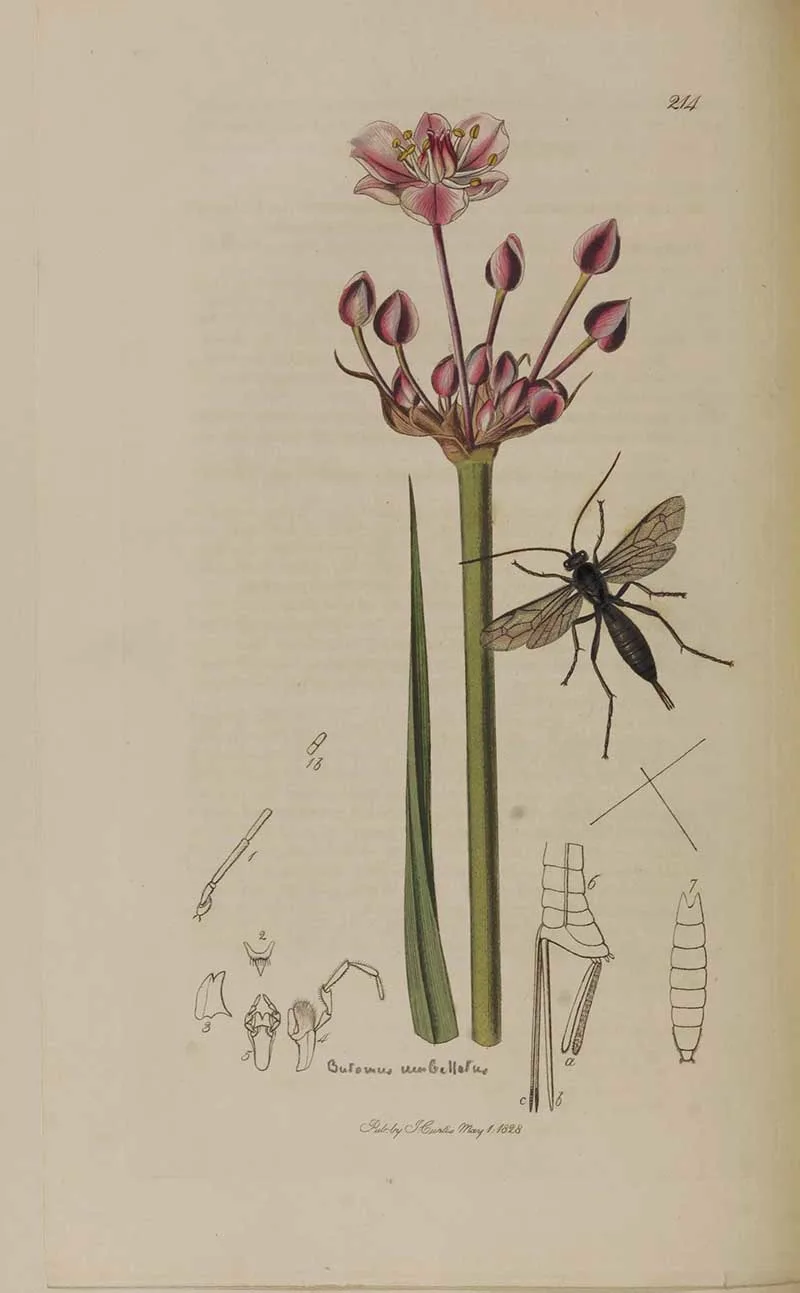
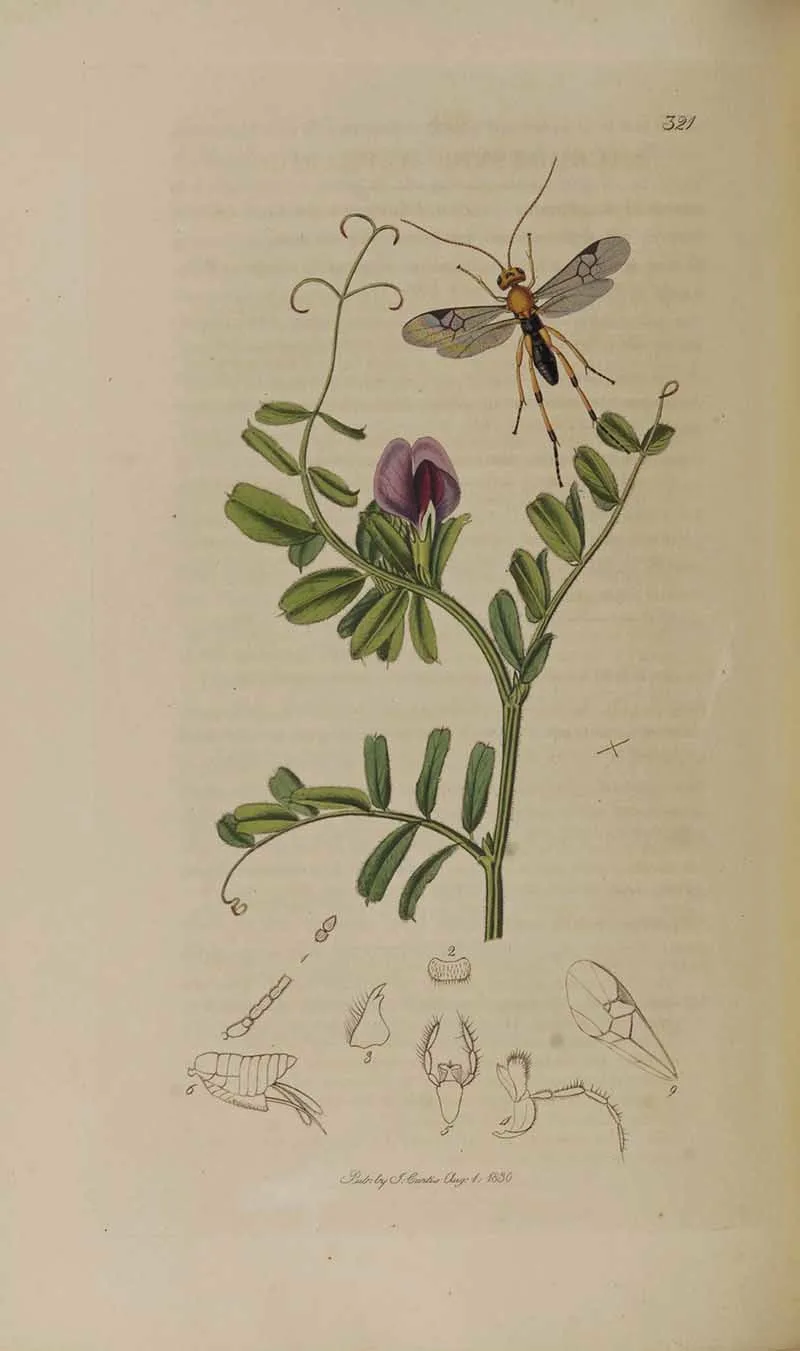
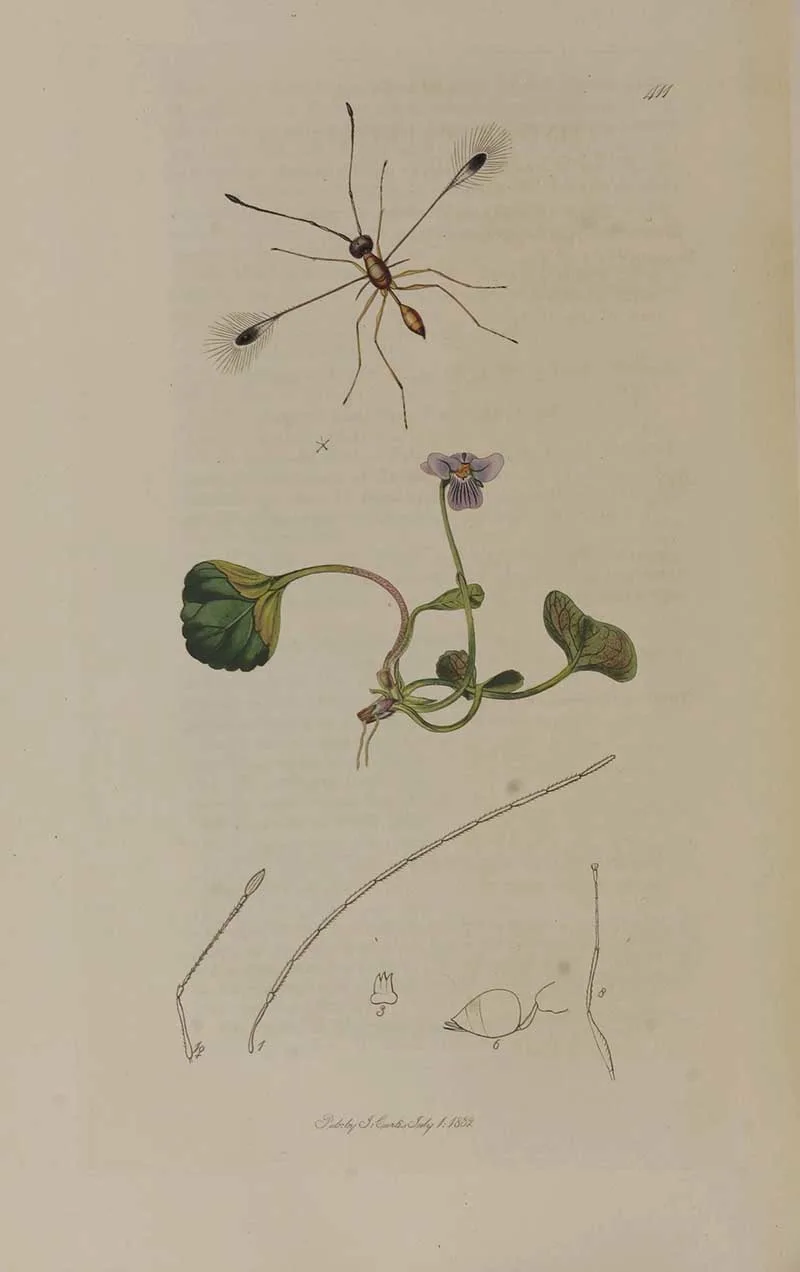
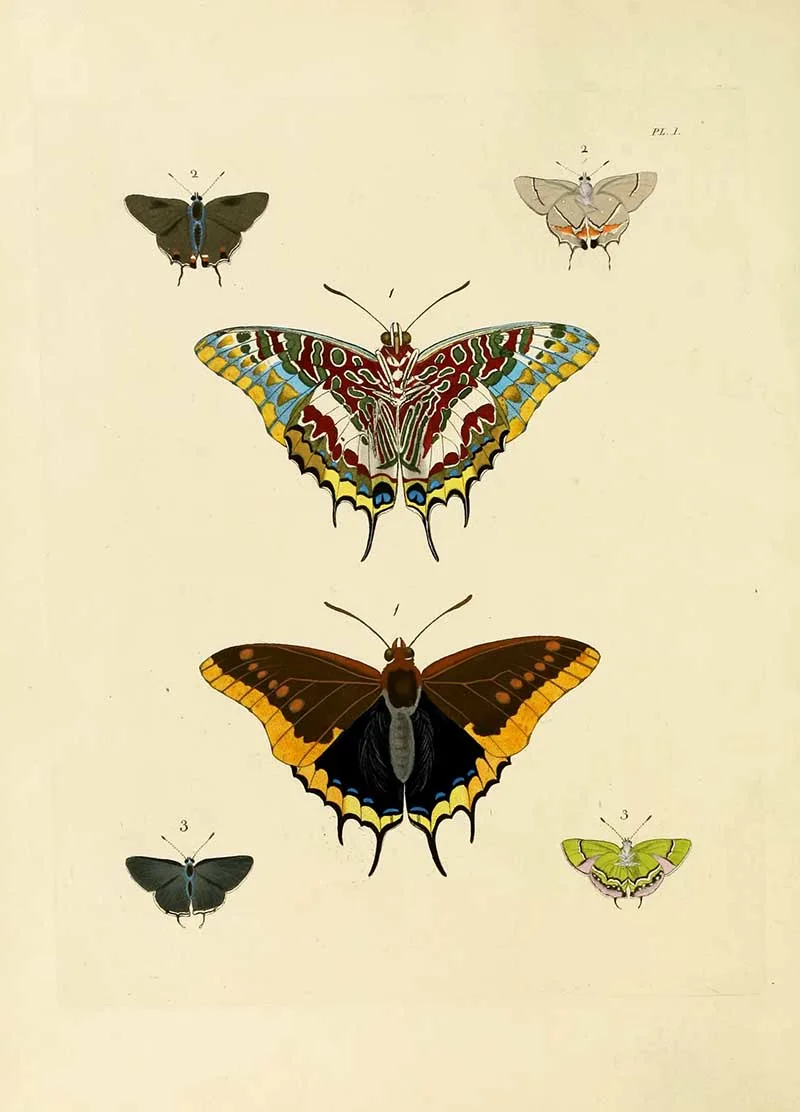
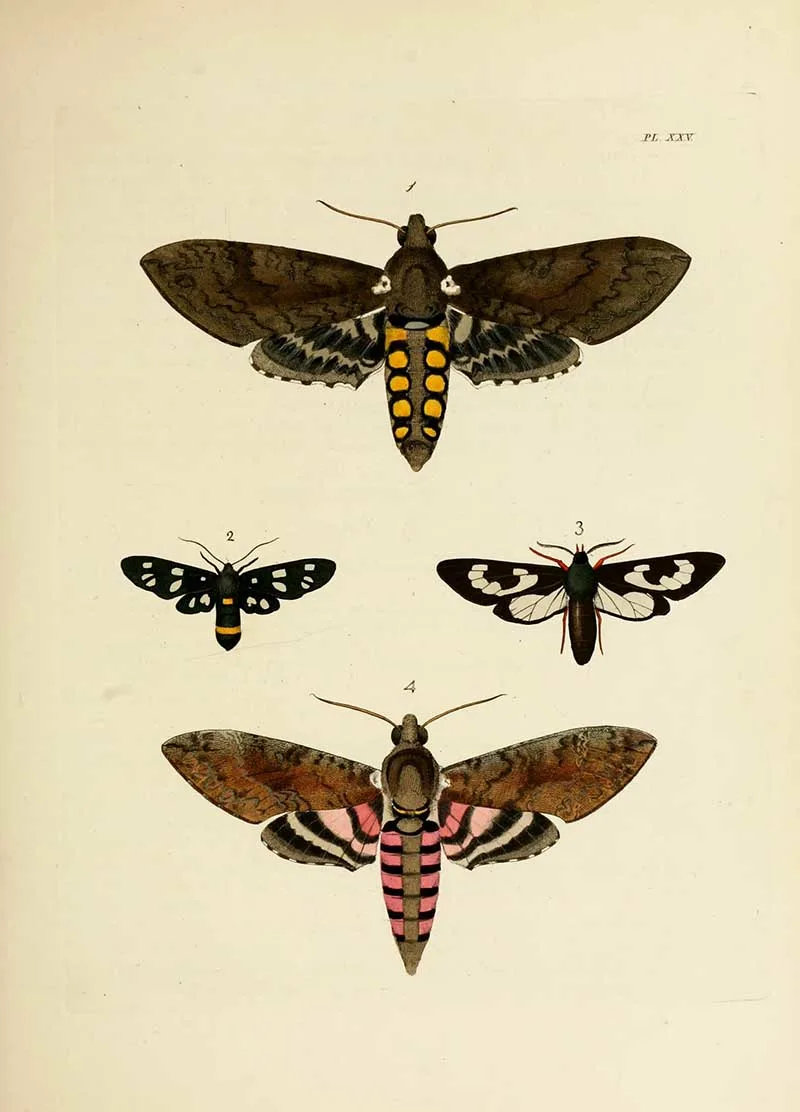
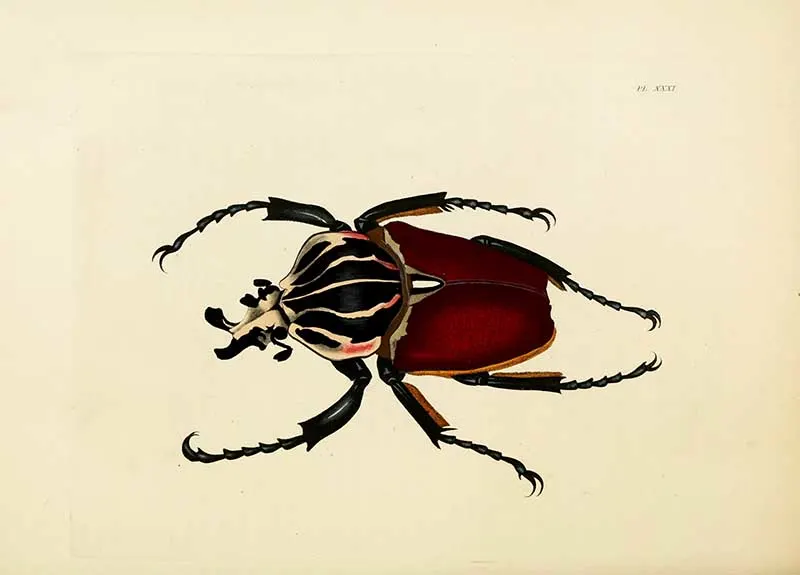
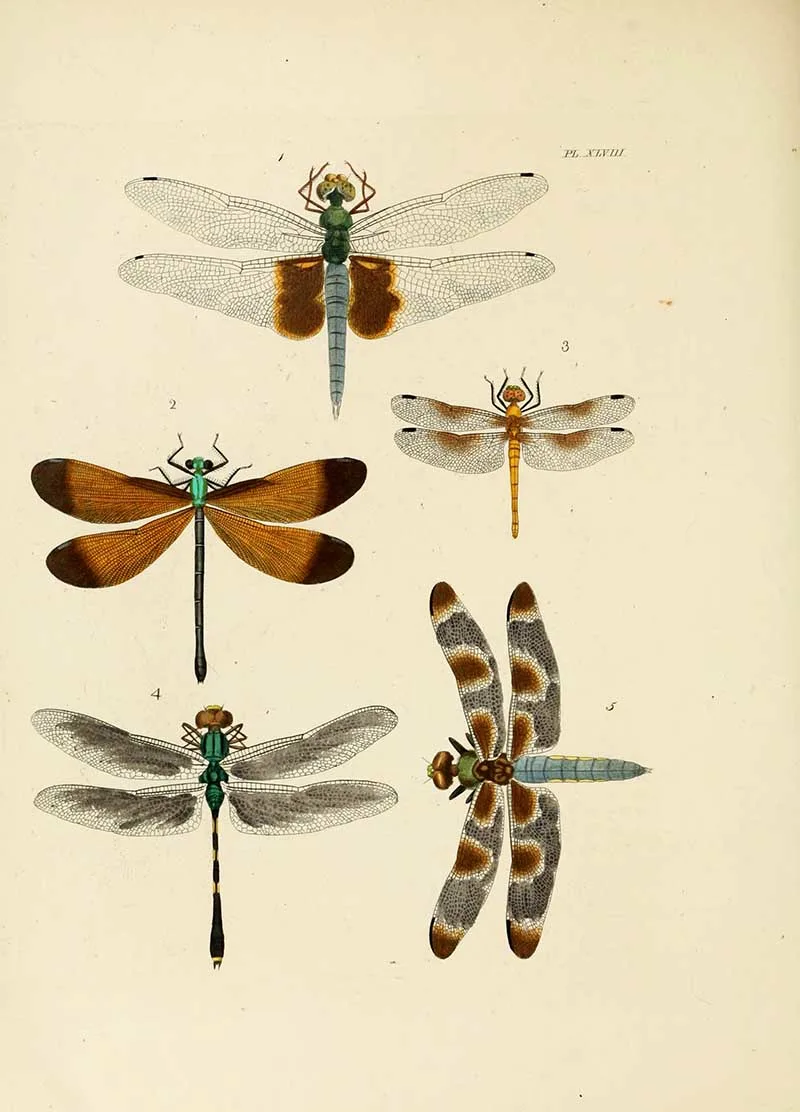
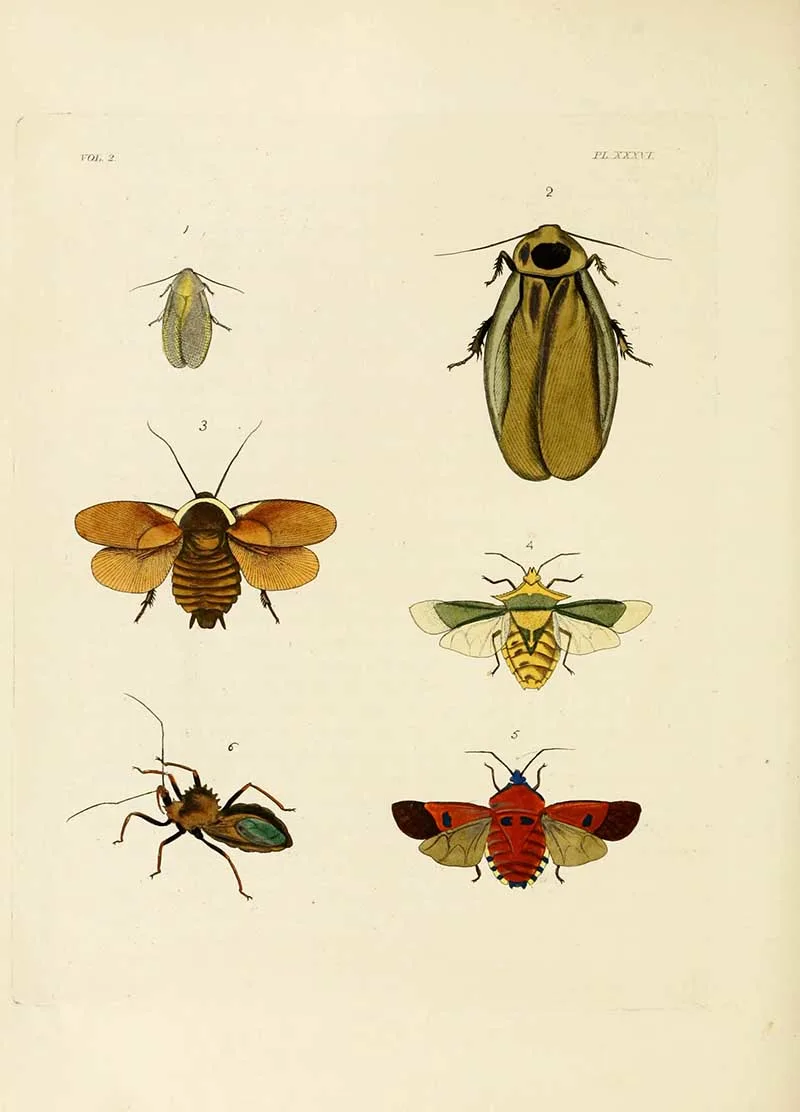
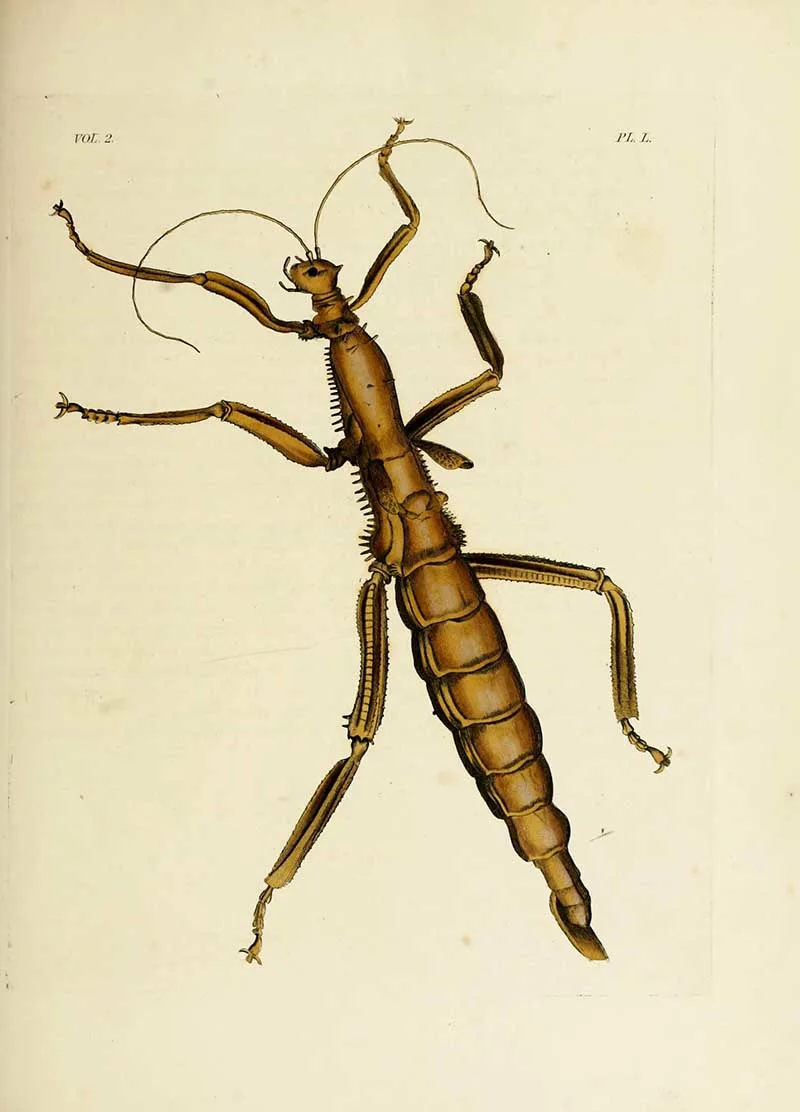
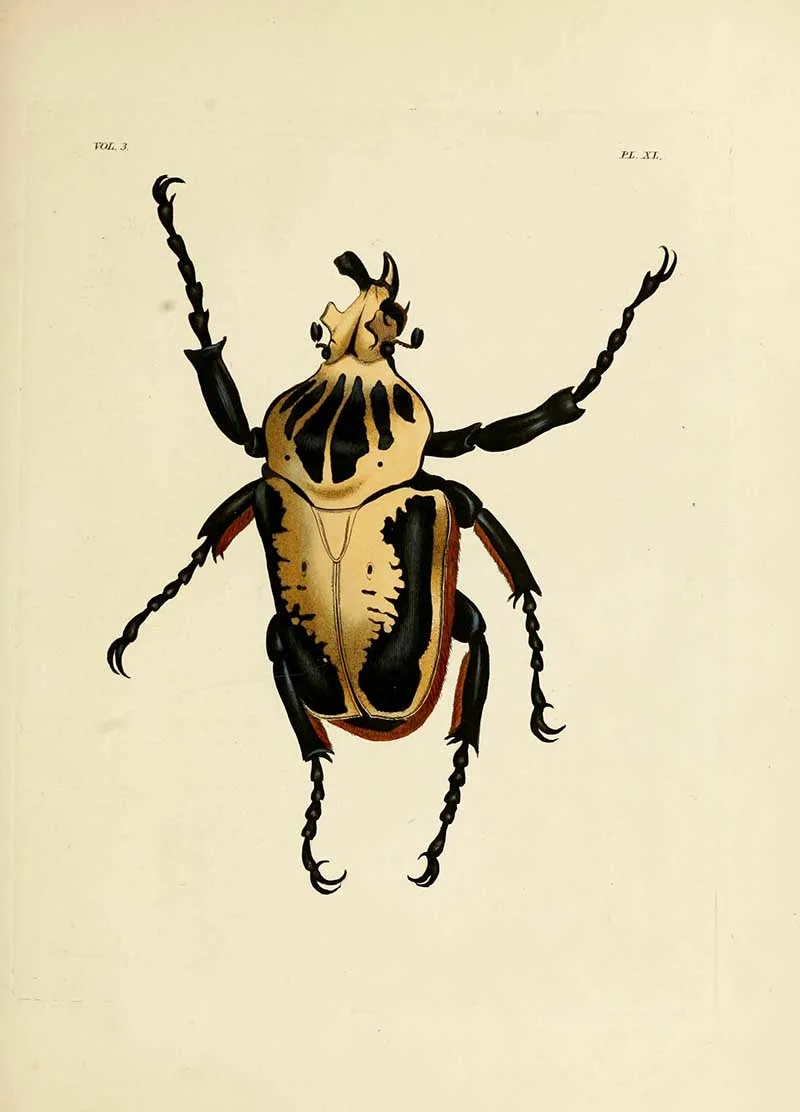
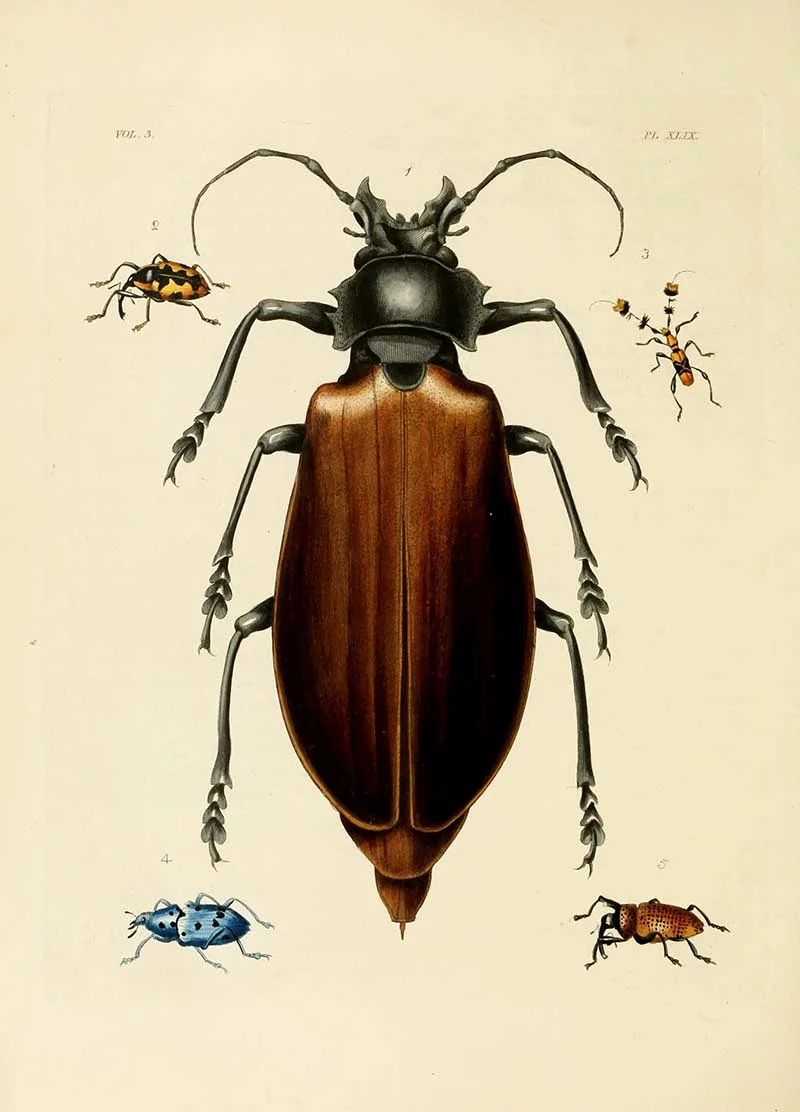
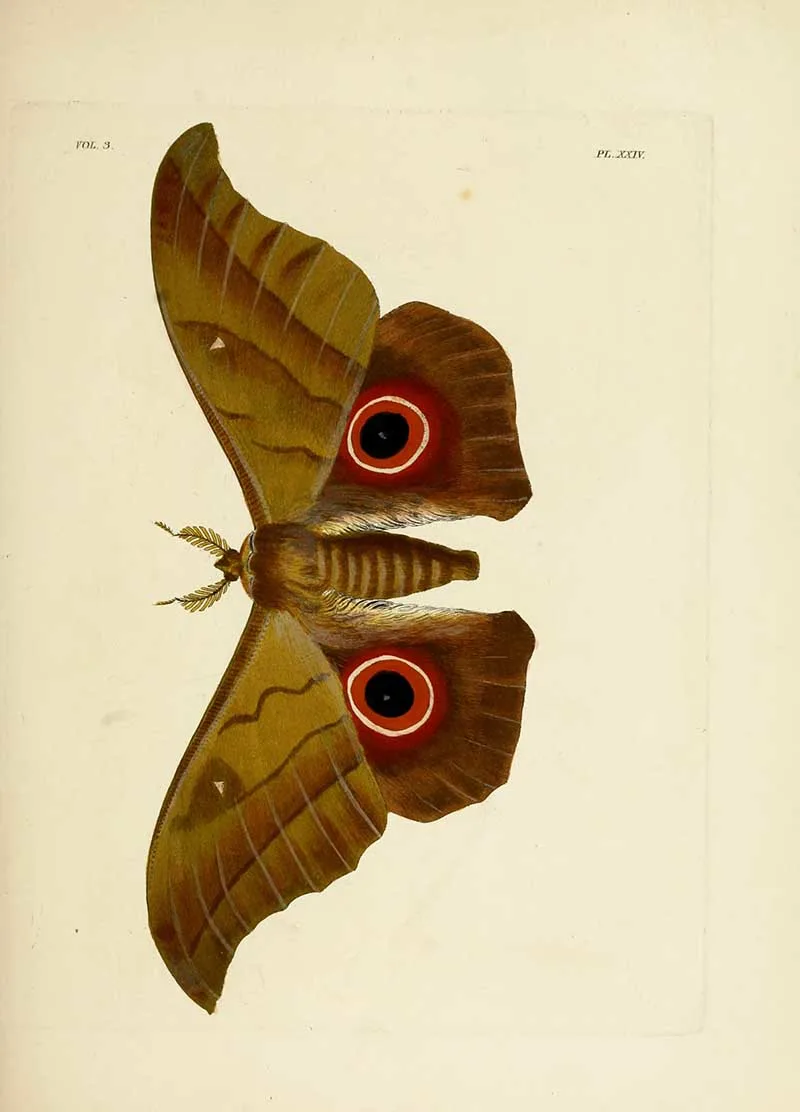
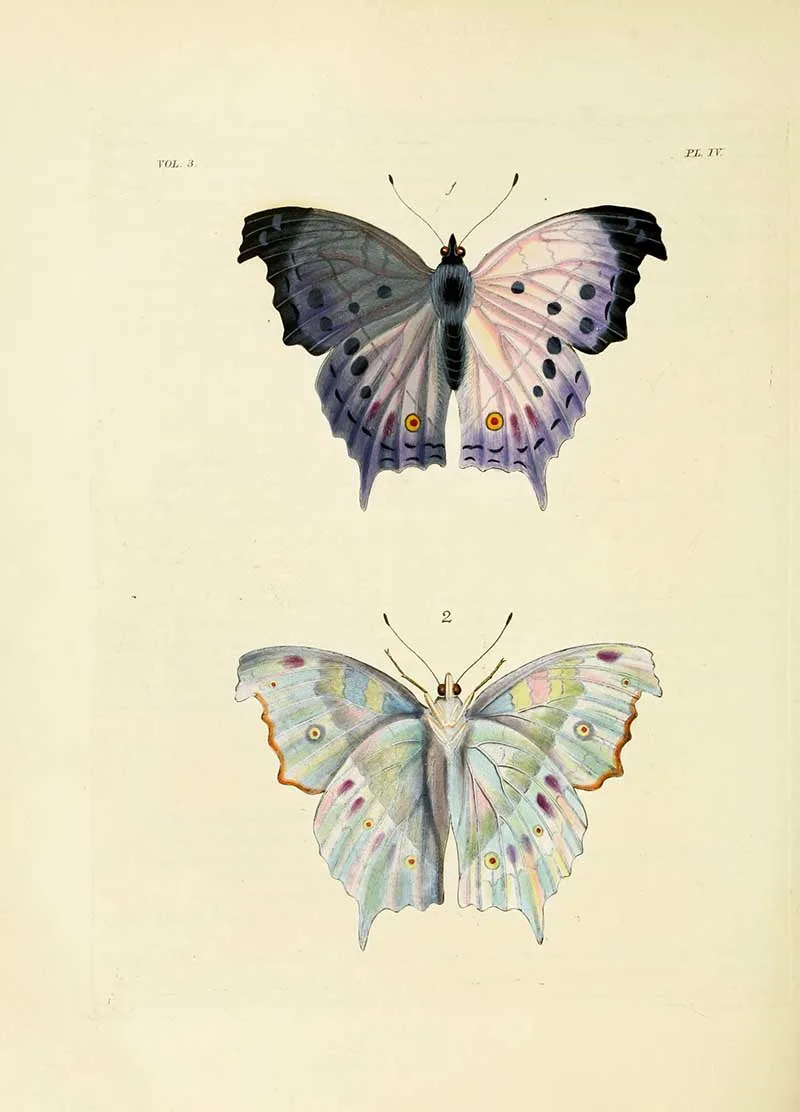
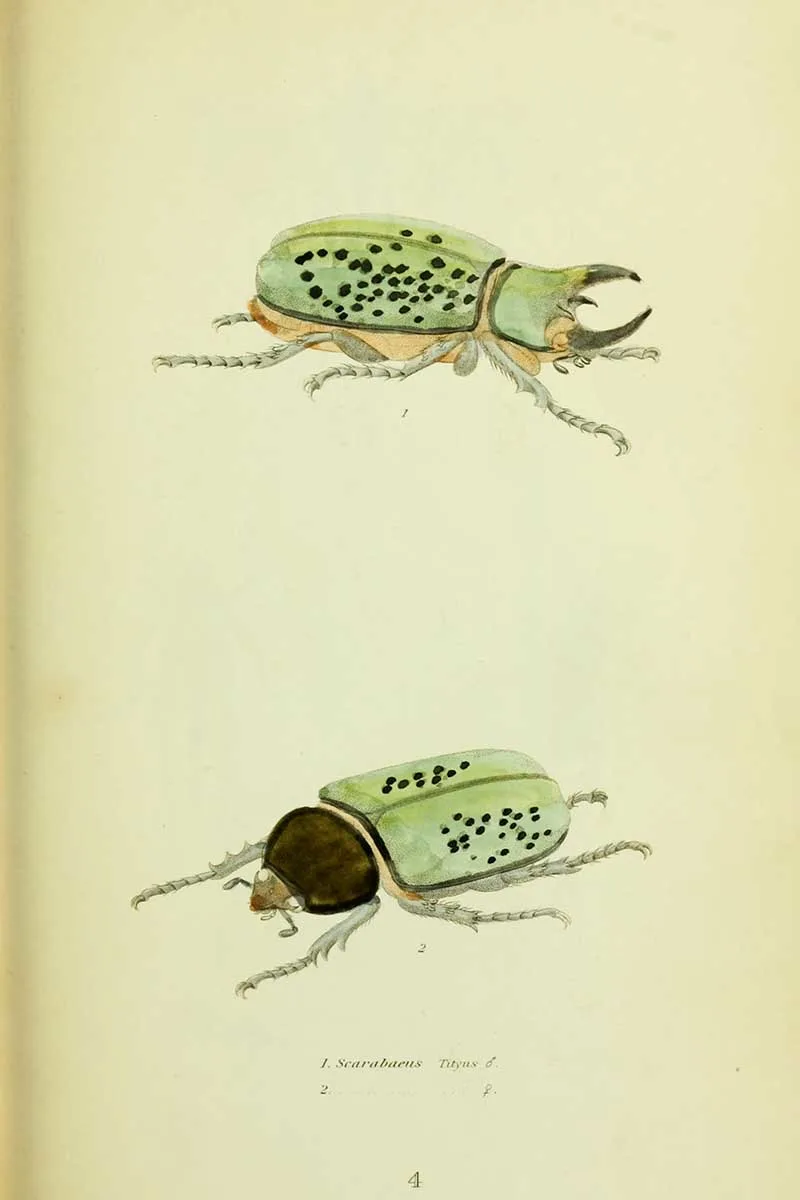
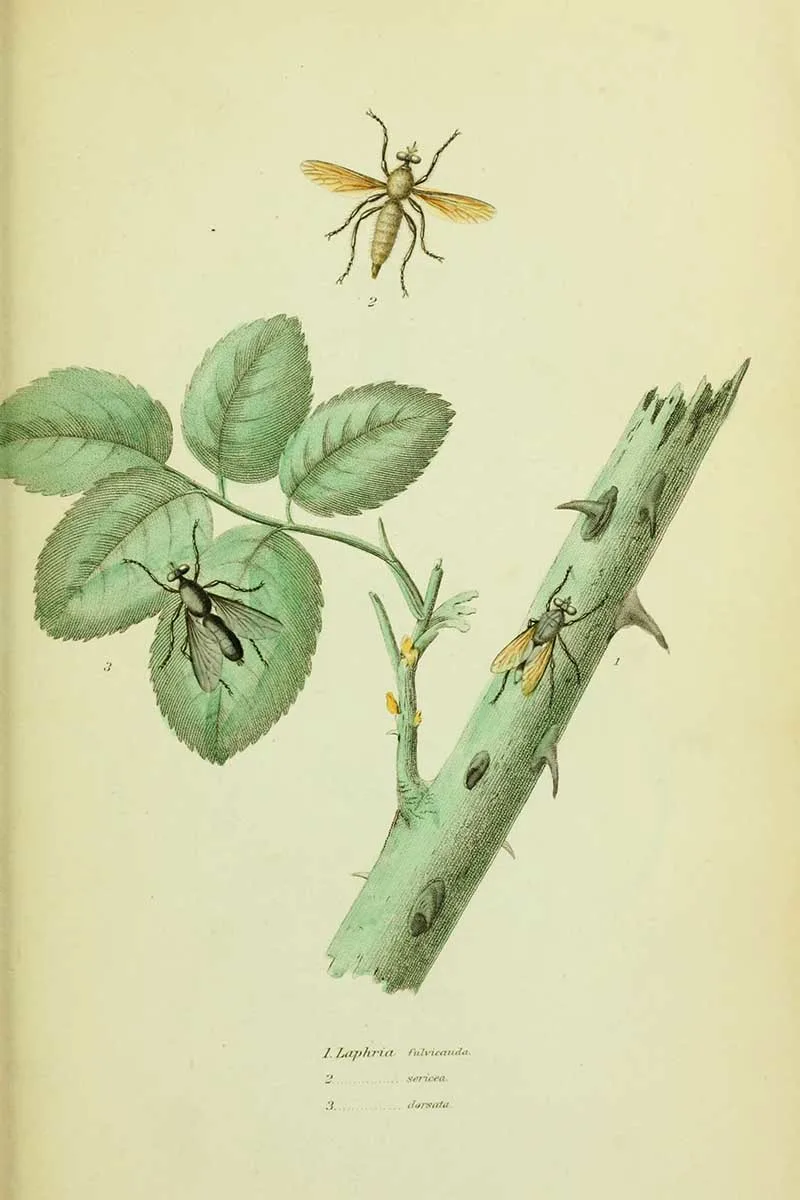

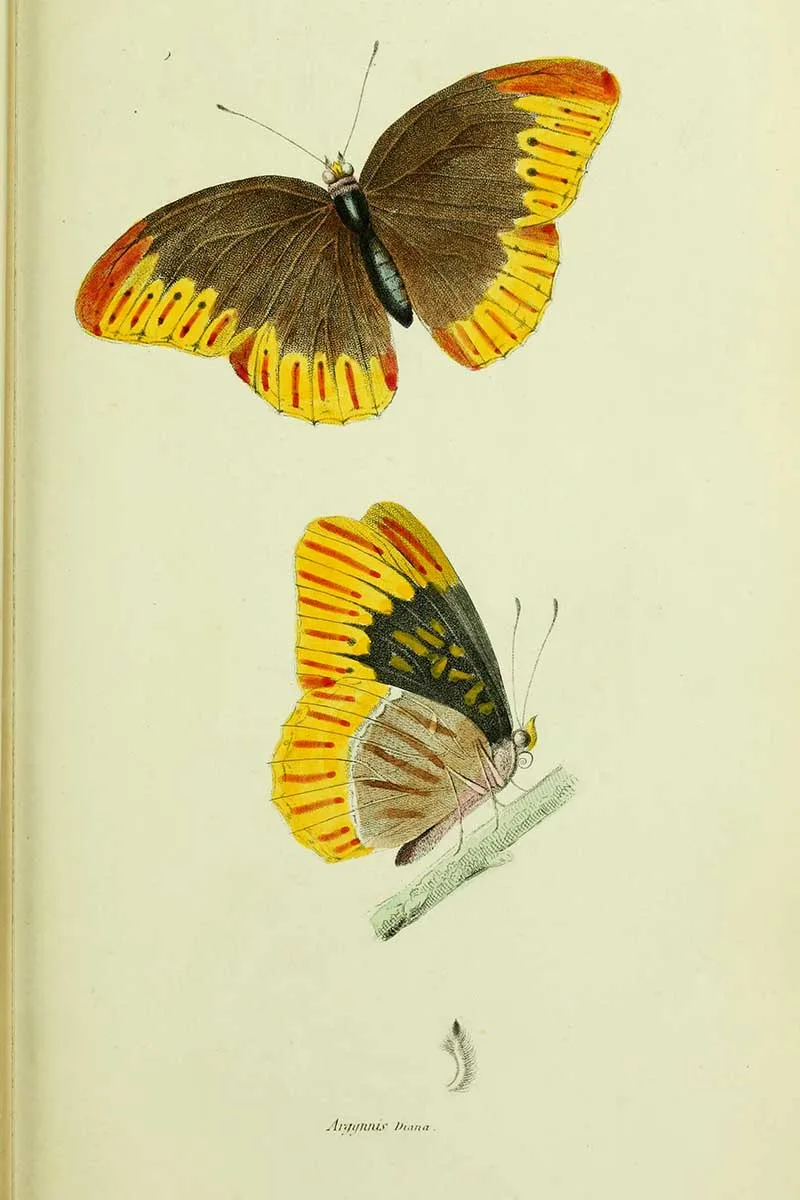
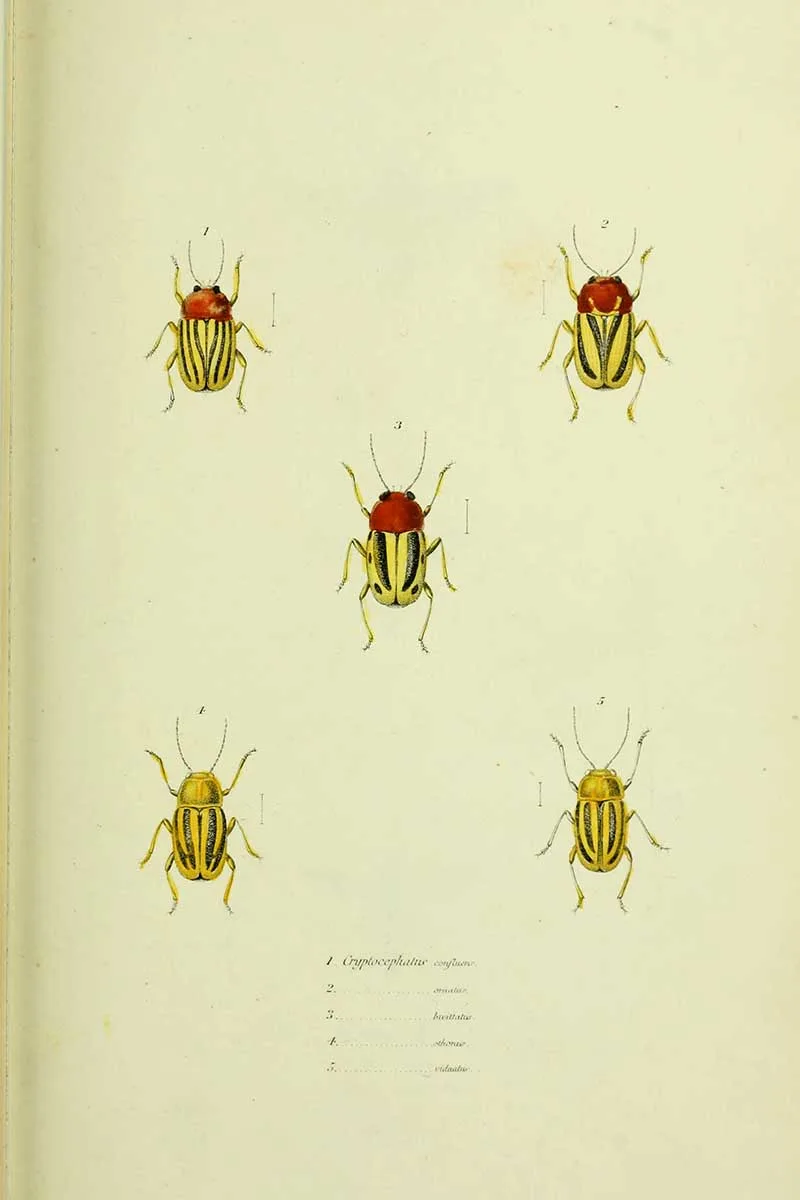
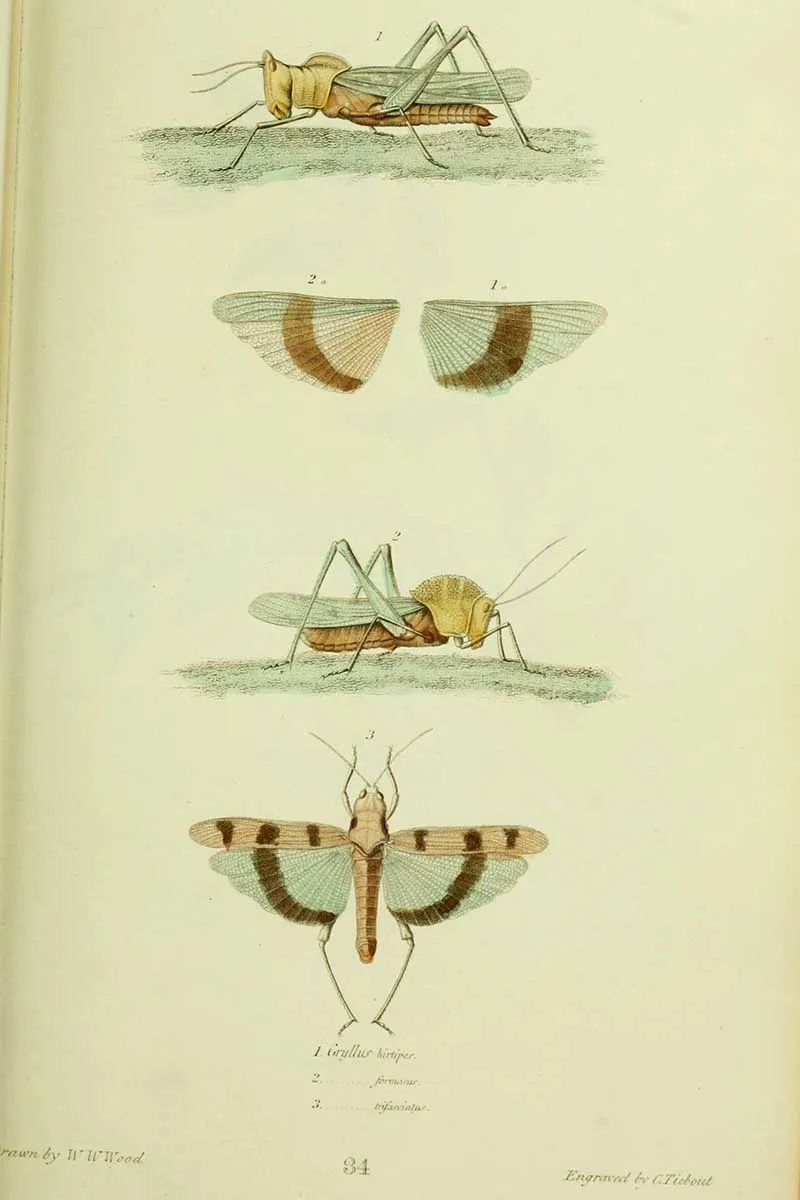
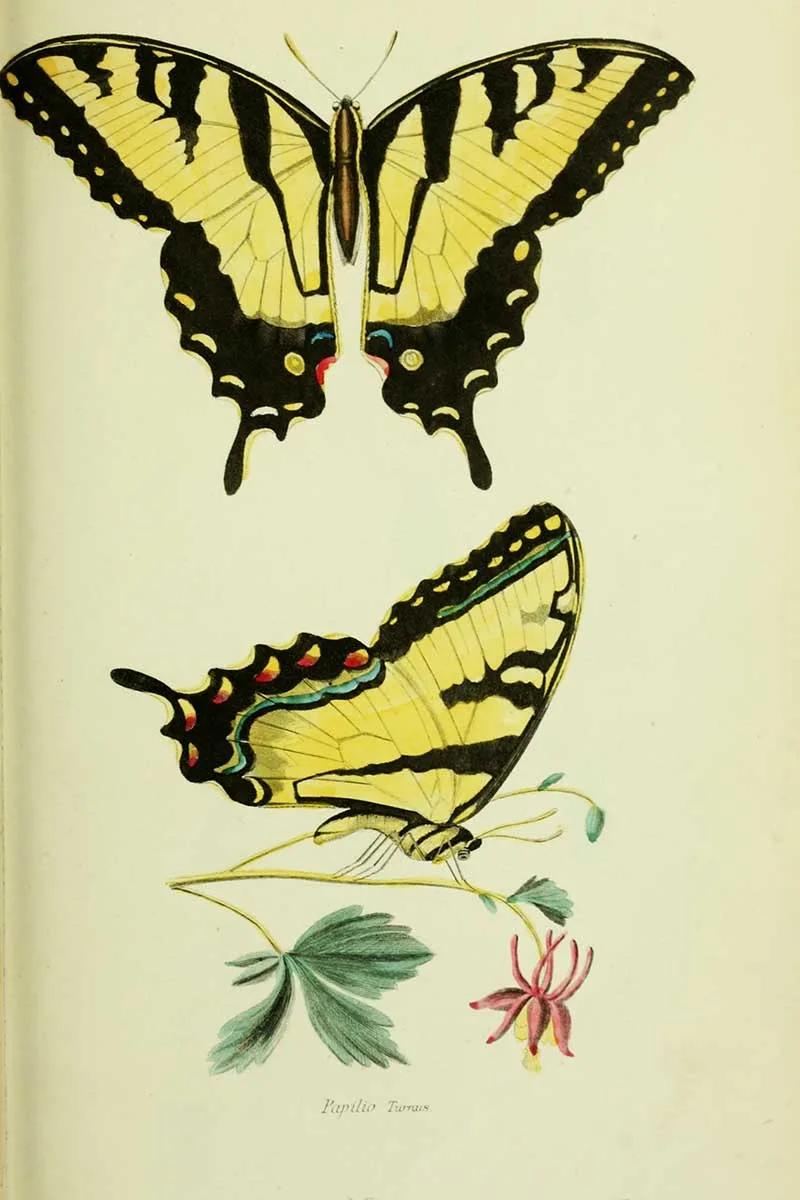
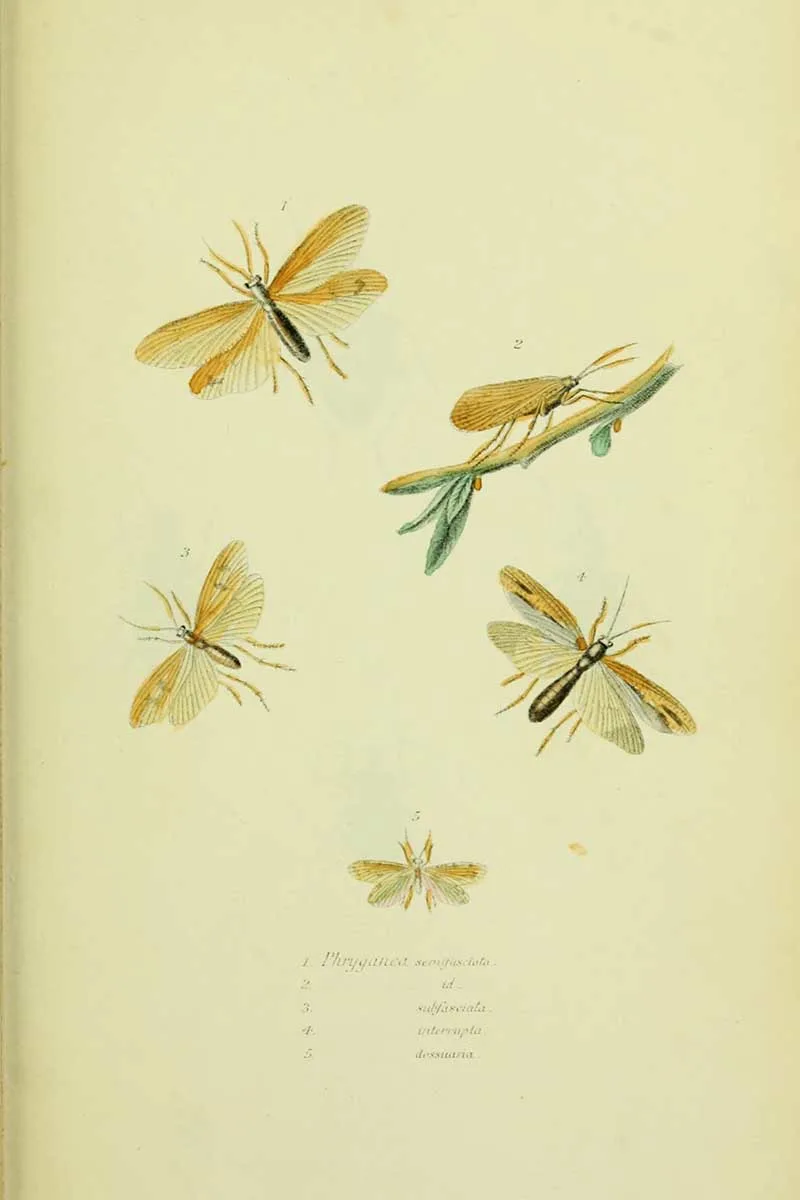
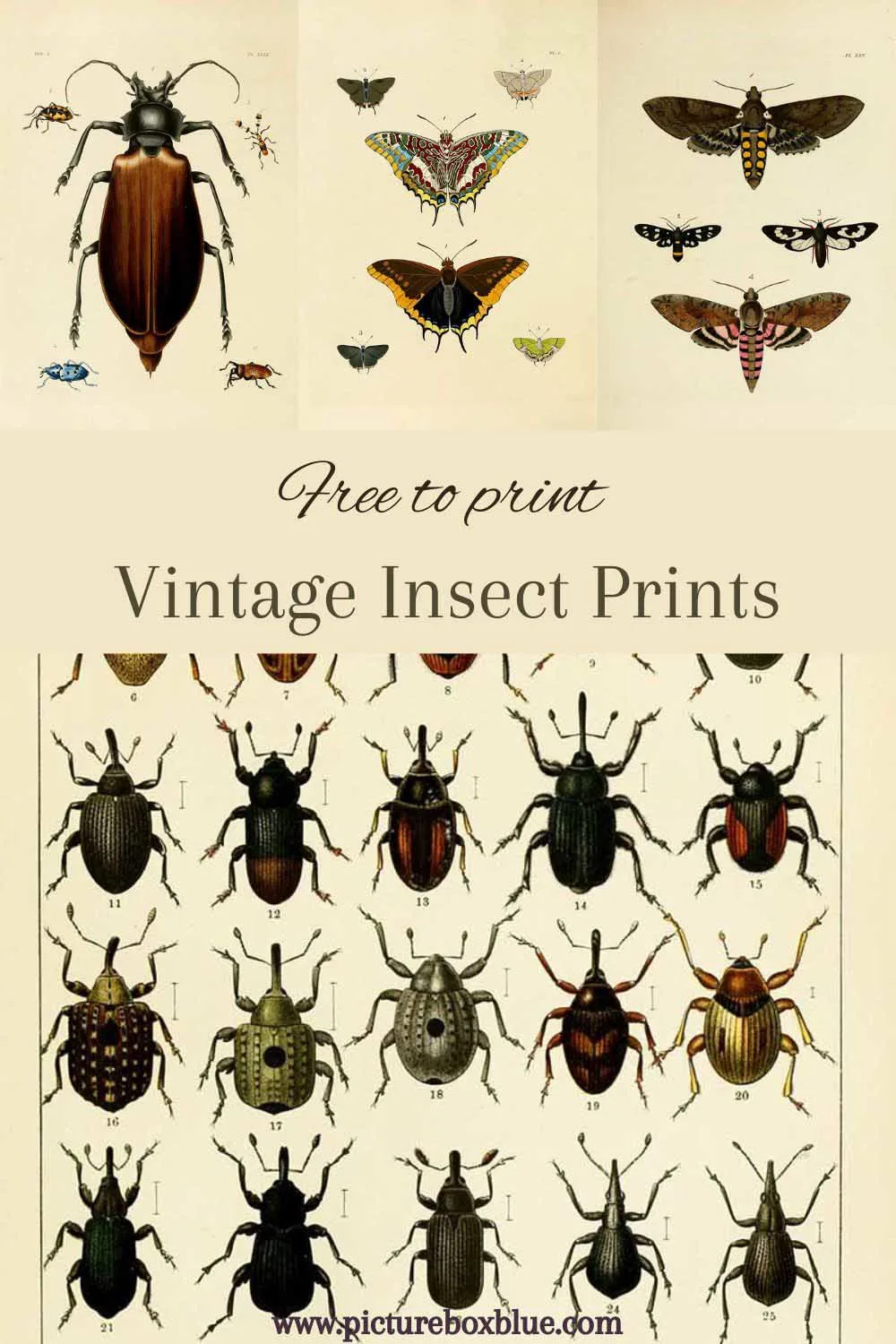
Cara ~ Vintage Style Gal
Saturday 15th of July 2023
I always love when you share these, the first pic, #12 keeps invading our yard! Now I know what to call them, darn beetles! LOL. Thank you for sharing Claire!
claire
Wednesday 19th of July 2023
Thank you, yes insects can still be pests even when they are beautiful.
EsmeSalon
Monday 10th of July 2023
Absolutely amazing and outstanding. So much to learn and I love the butterflies and many of the flowers you pictured here. Aweosme I visited you via the Linkup Party at Summertime Craftastic Monday Link Party My entries this week = 87+88. If you have not joined us at SSPS yet, come and share your posts with us and you can be our next featured post. We're open Monday through Saturday every week. You will find the linkup information (1) In the Top bar under Blogging: Weekly Senior Salon Pit Stop OR 2nd image In the sidebar We hope to meet you there virtually
claire
Tuesday 11th of July 2023
Thank you so much, and yes, I have visited the link-ups.
Sue B
Friday 7th of July 2023
Fabulous free prints, as always many thanks.
claire
Friday 7th of July 2023
Thank you, glad you liked them.